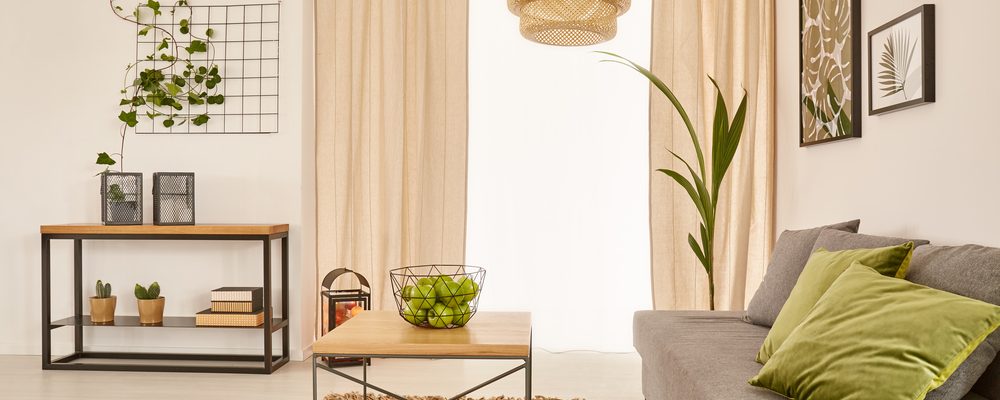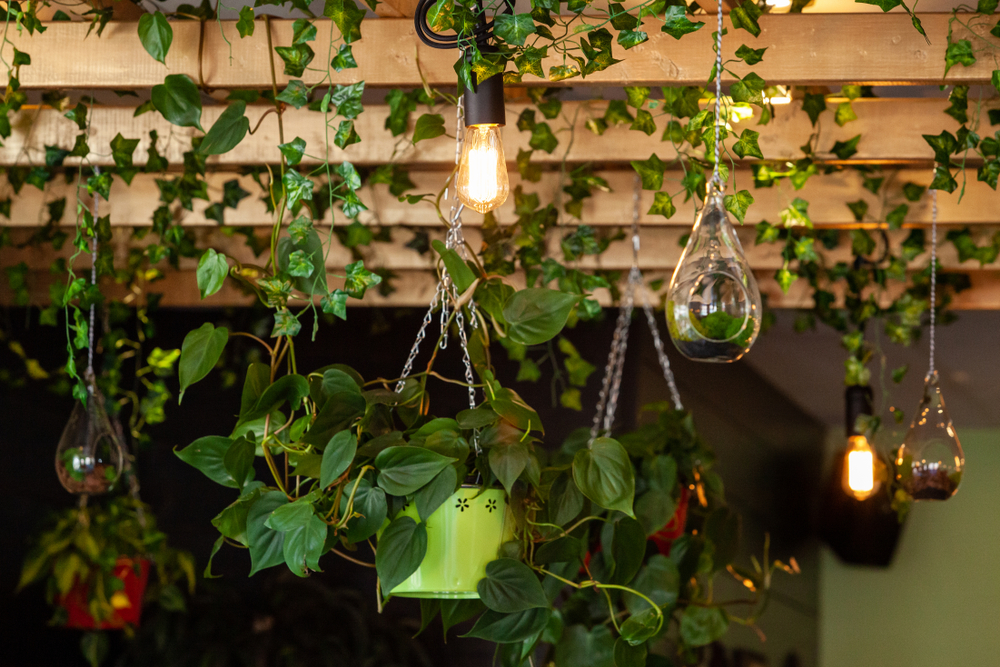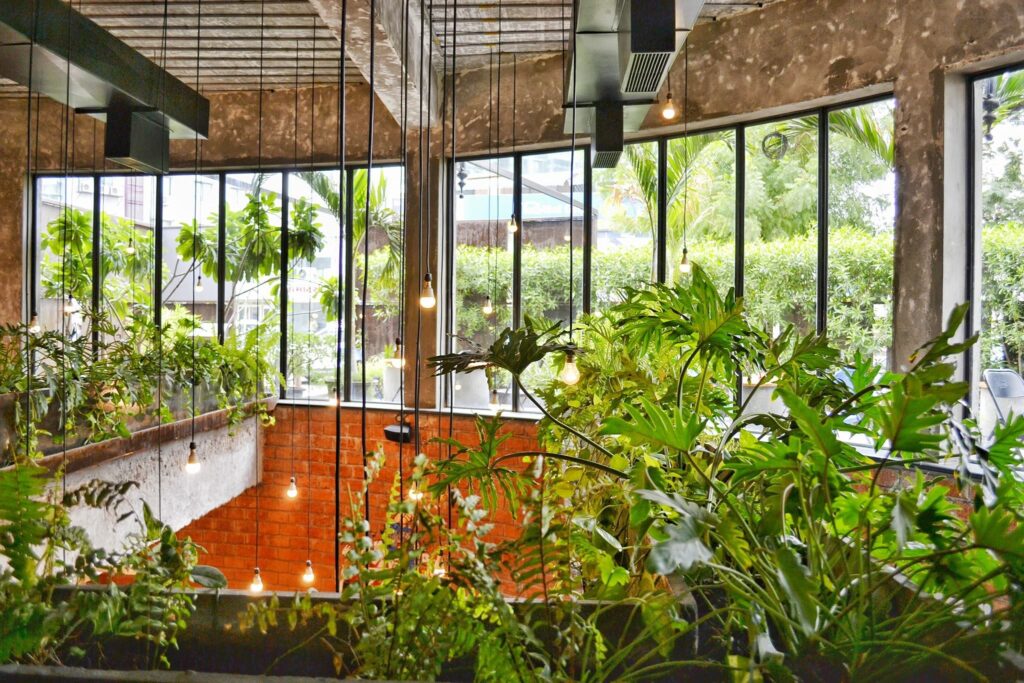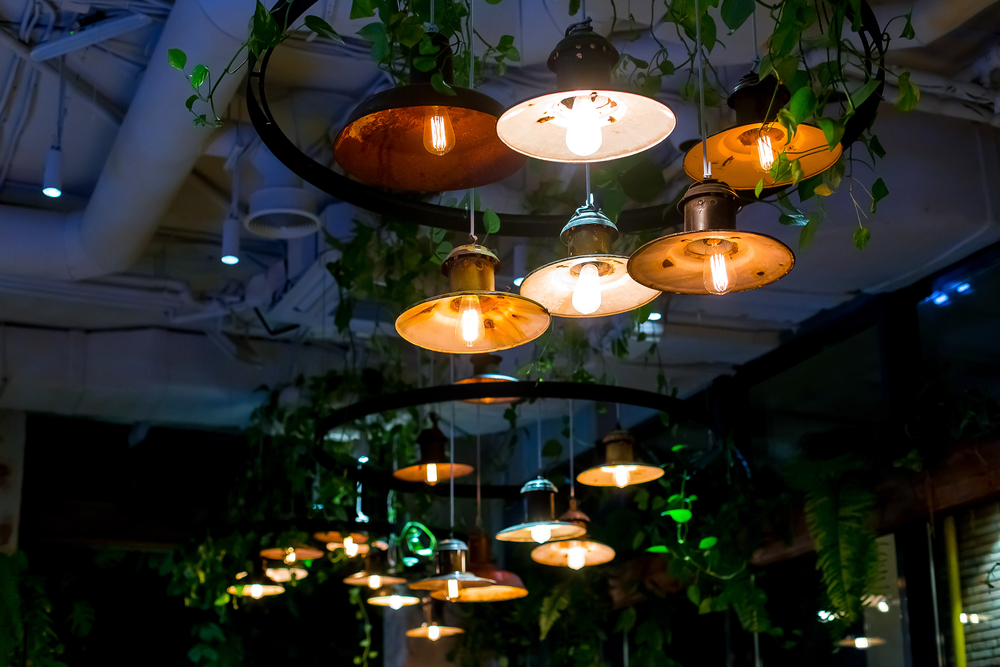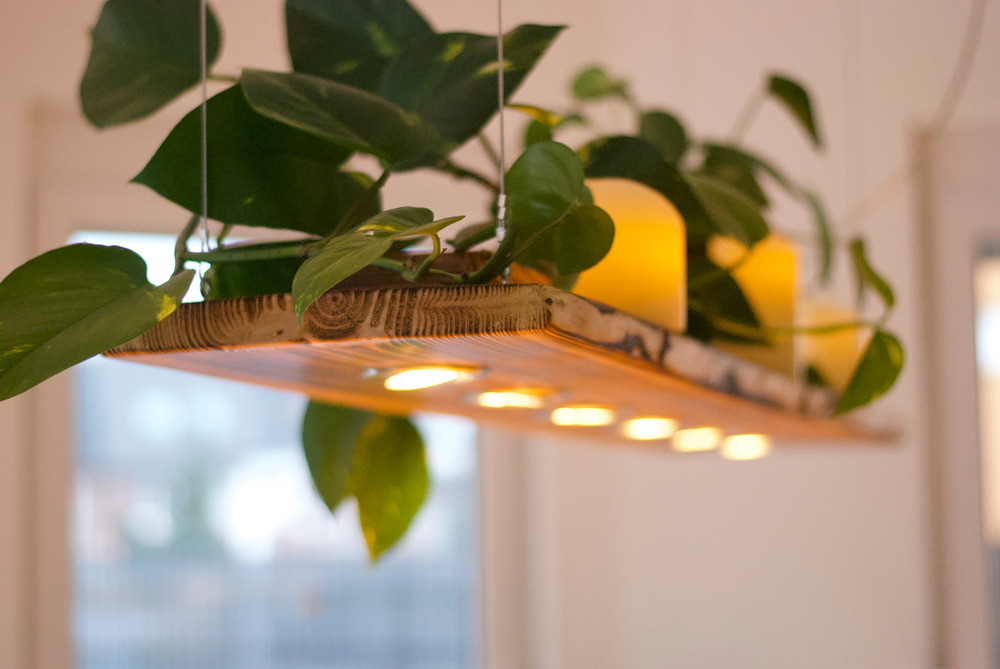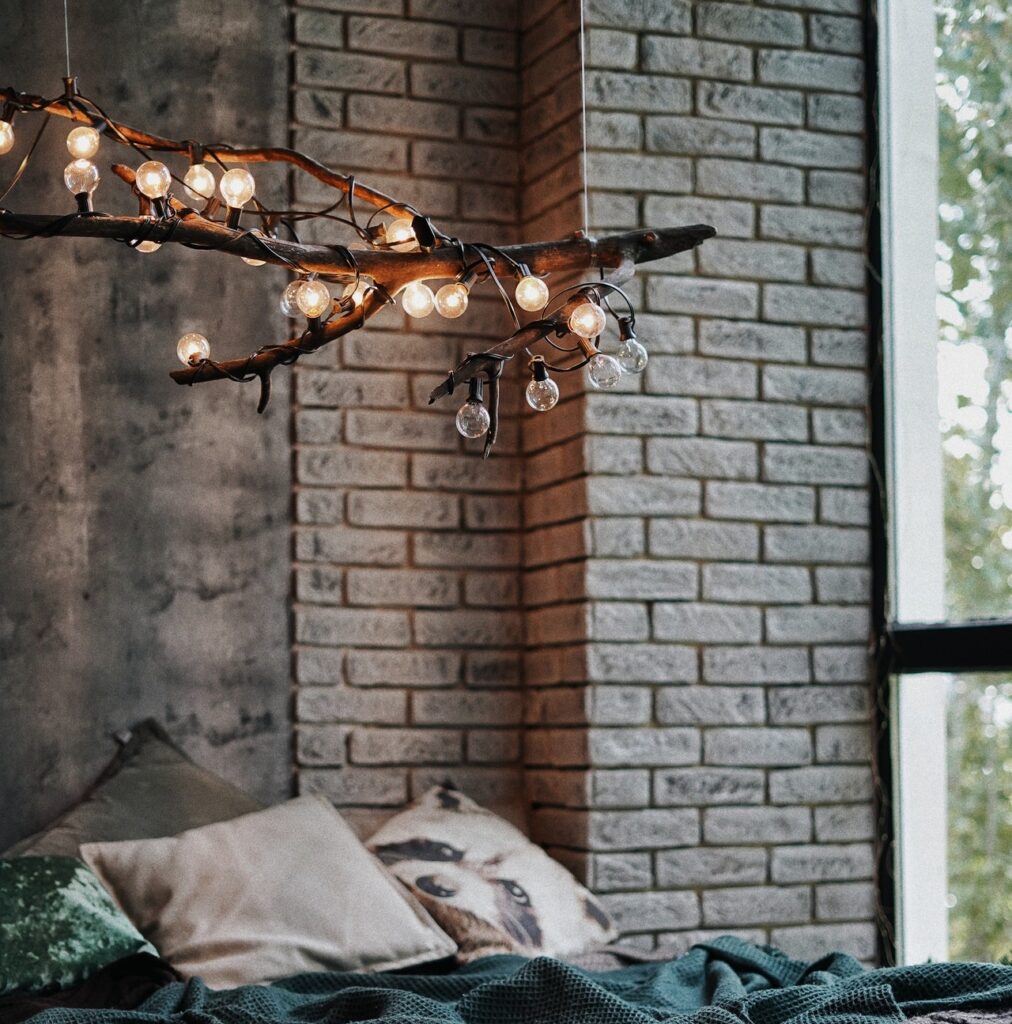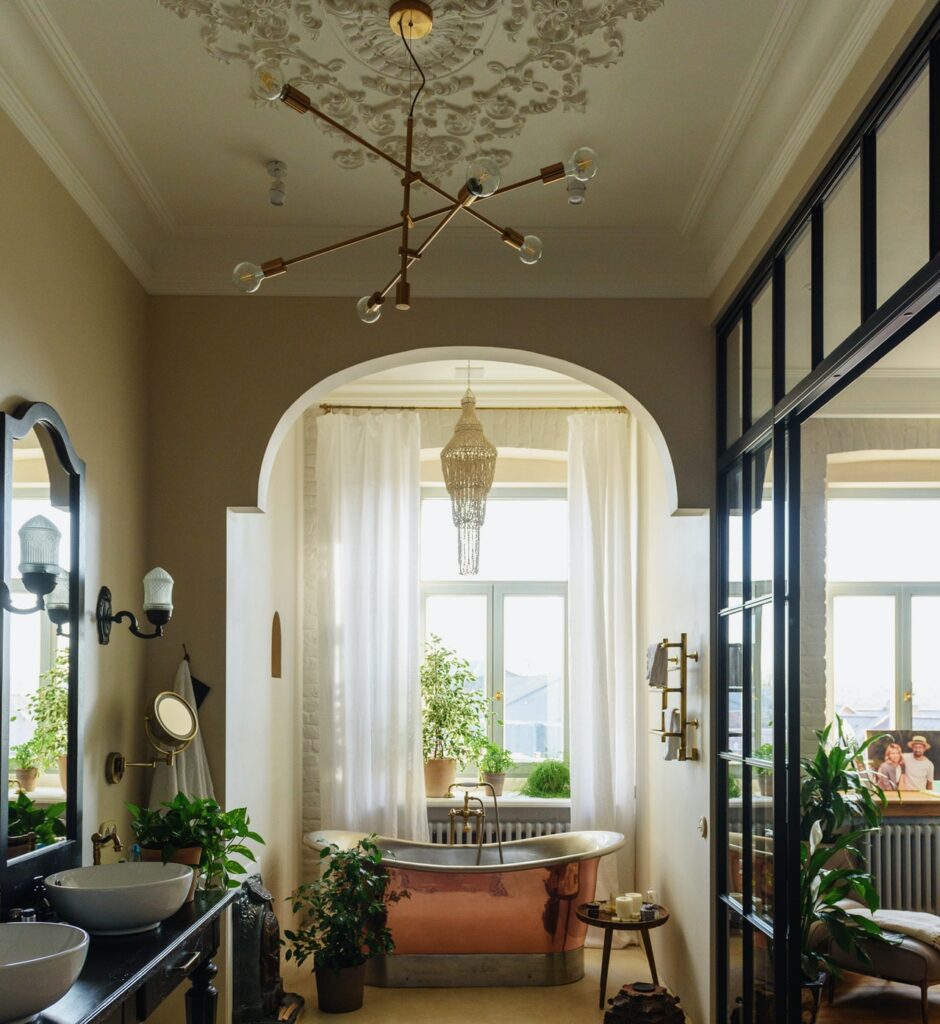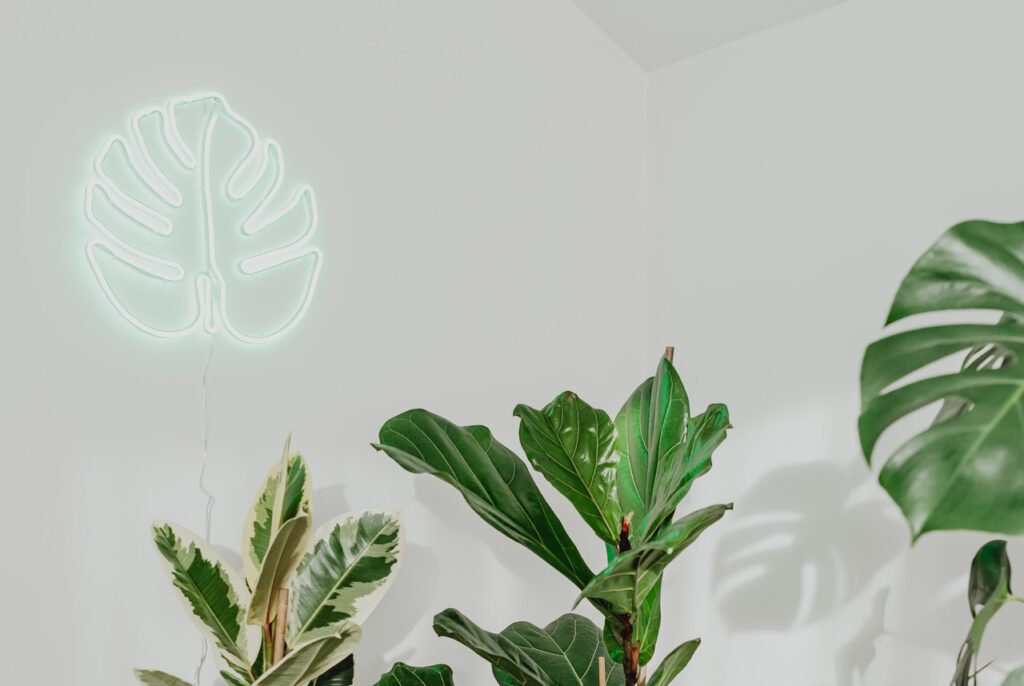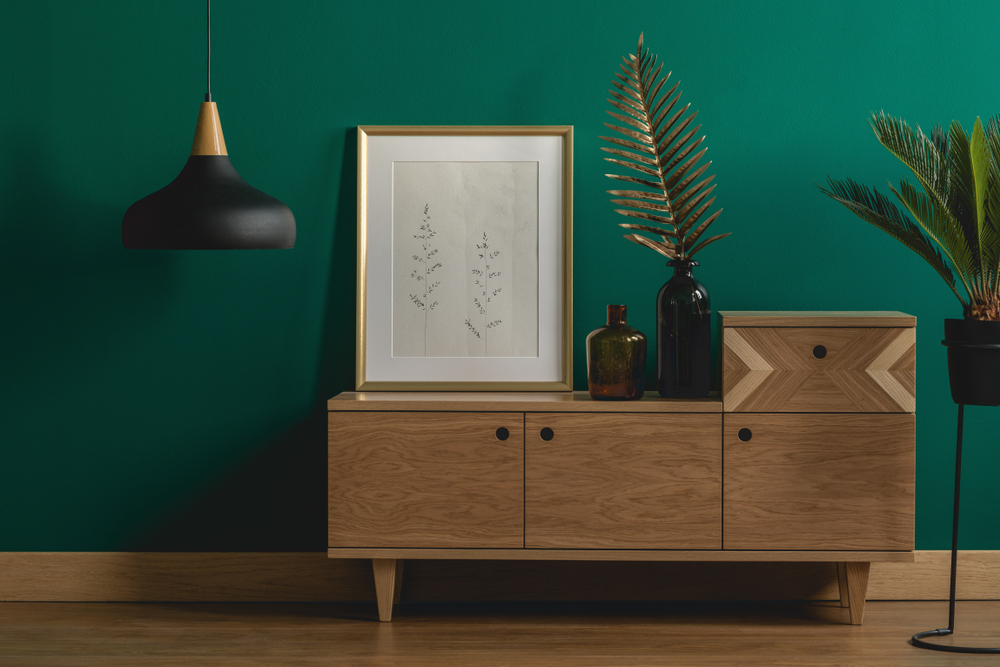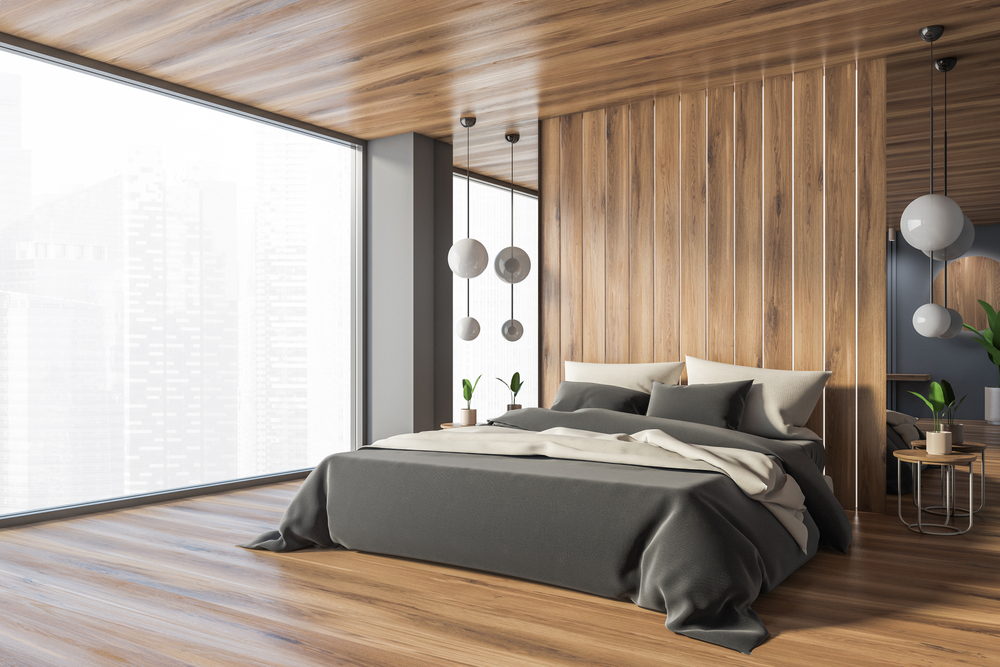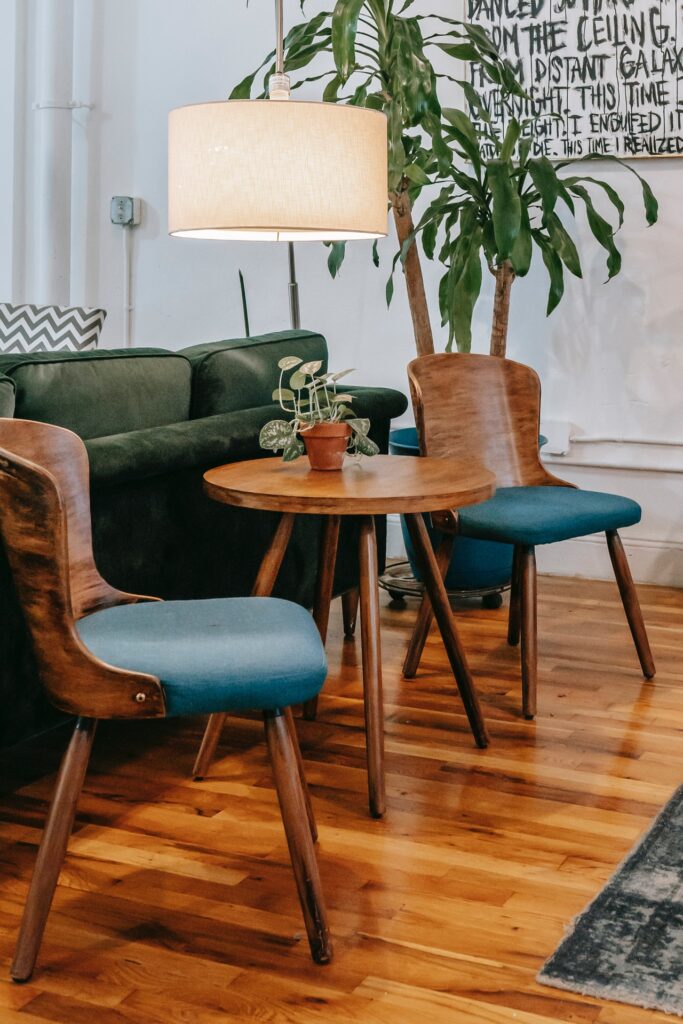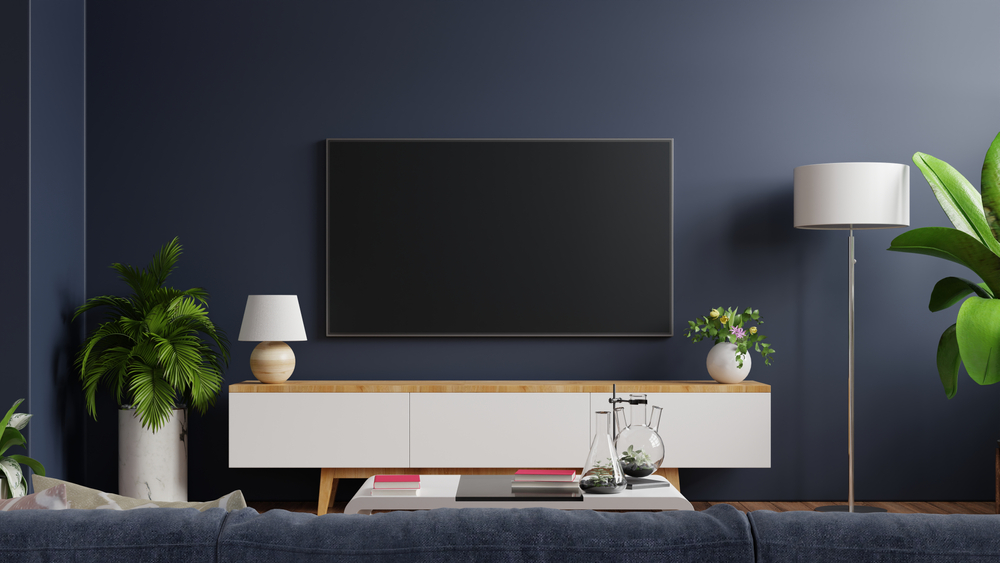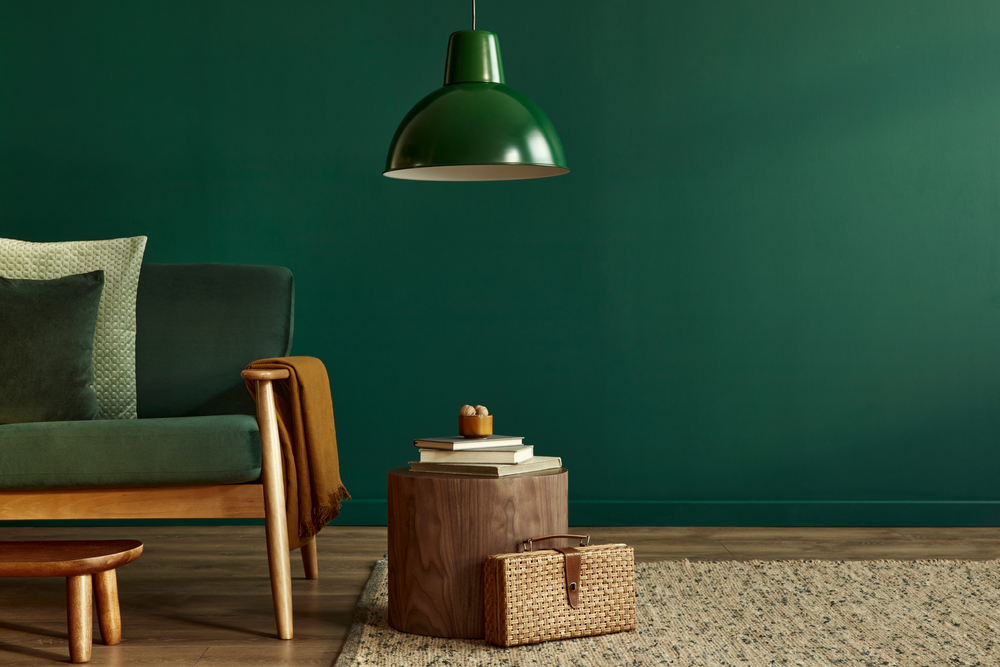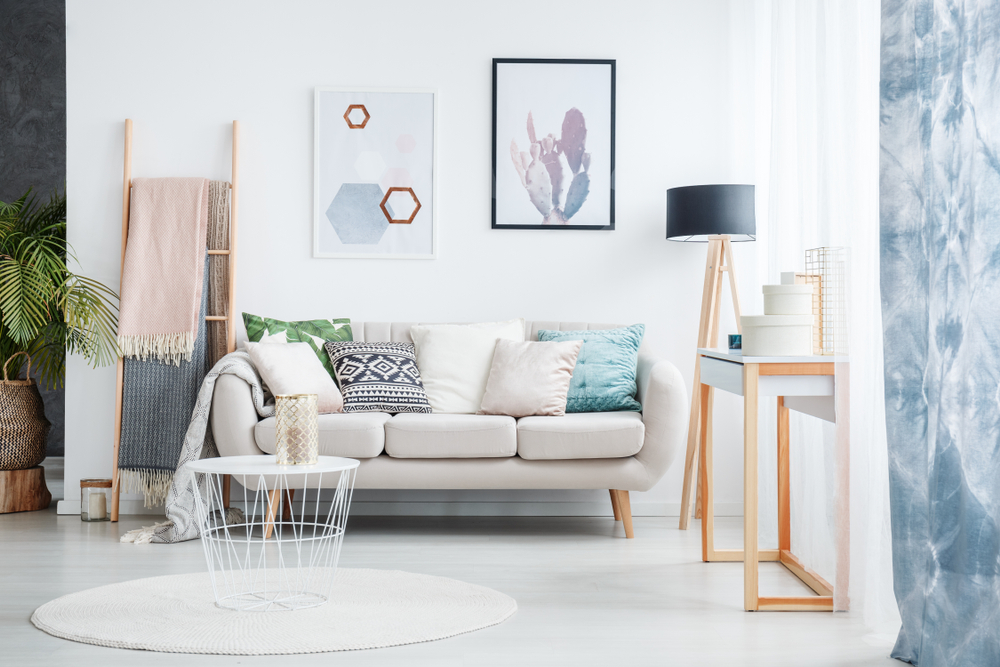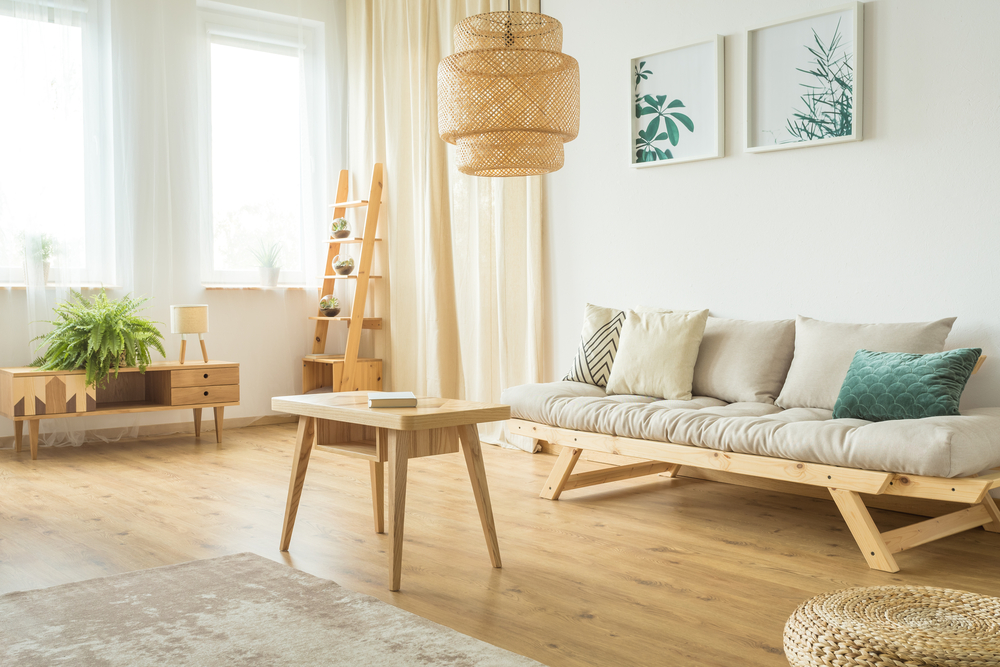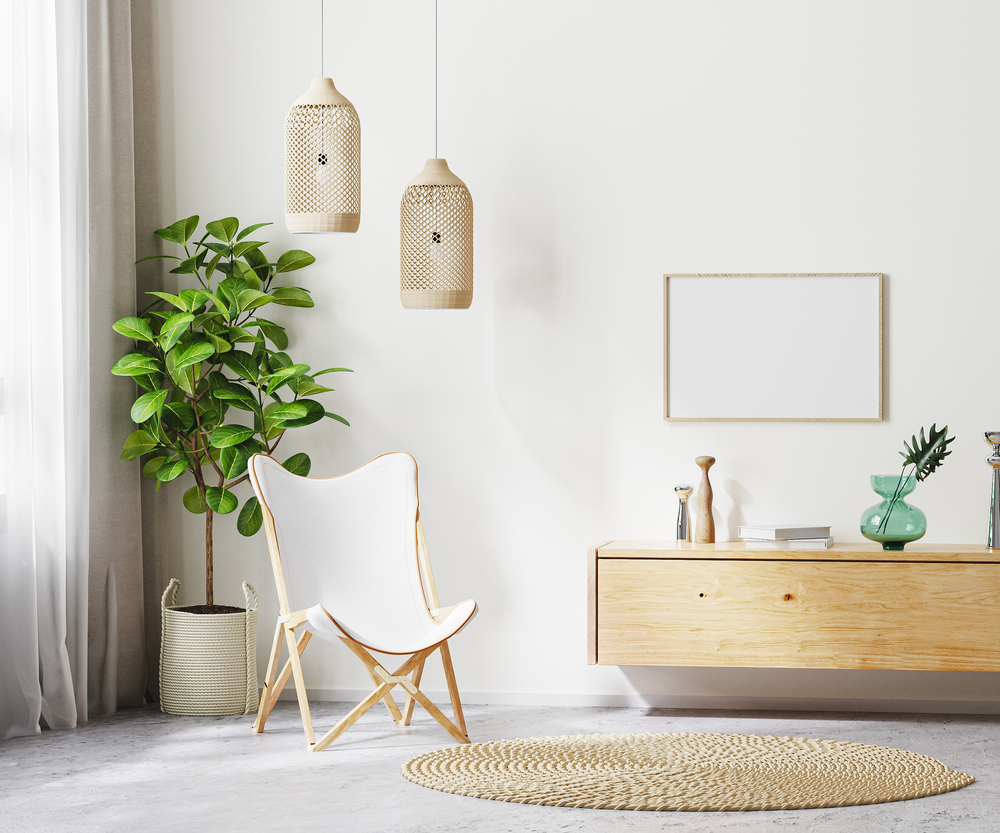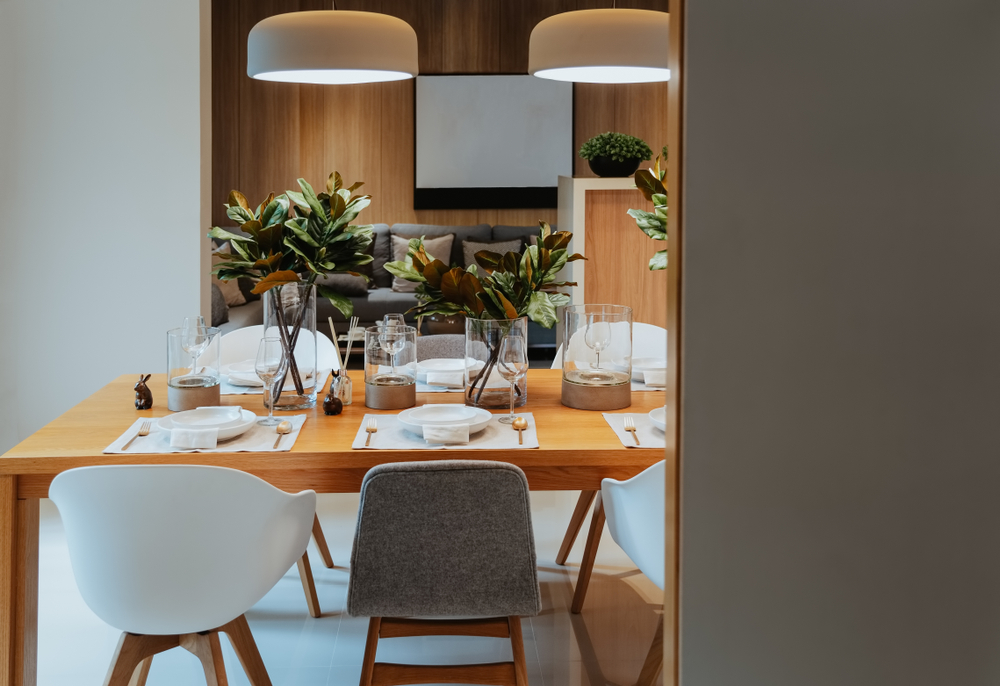Chandeliers are divas – they have to be the center of attention in any room they’re in. They are as versatile as they are dramatic – they come in all shapes and sizes and can be added to any design aesthetic. The right chandelier can make a room feel luxurious, moody, bright, rustic, modern, or anything in between.
Because they make such a big statement, picking a chandelier that complements your decorations and personal style can be tricky at best. That’s why we’re here! These 17 interiors are from all over the interior design spectrum – but they are all feature gorgeous chandeliers that scream beauty, grace, and SEE ME IN MY SPACE! Enjoy.
1. Clean Farmhouse
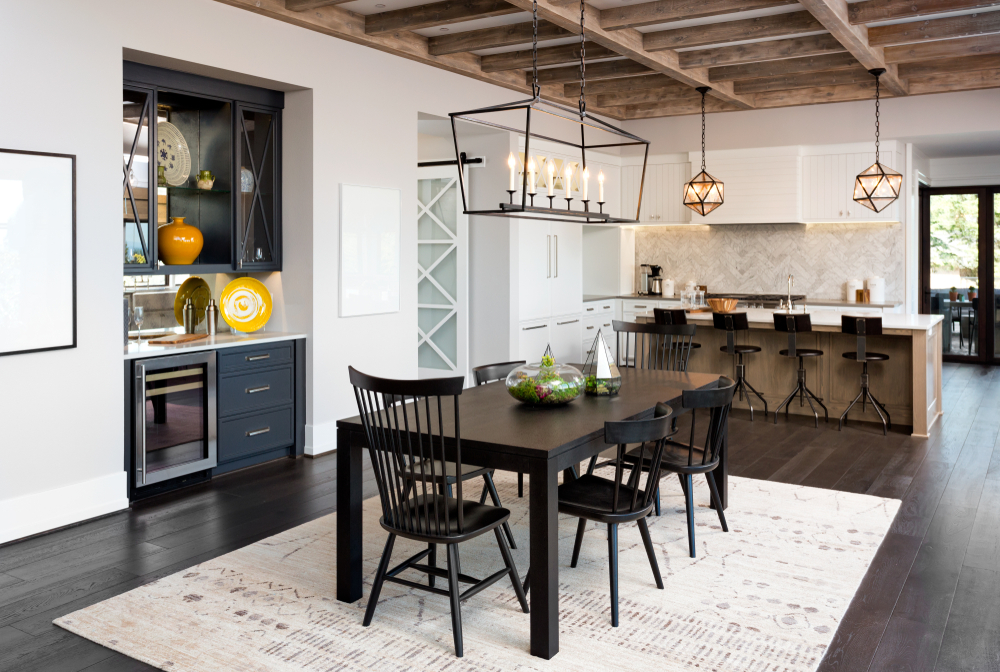
This dark iron chandelier stands in stark contrast with the bright whites in the room and flawlessly ties the darker elements together. Its clean lines complement and balance the space perfectly.
2. Eclectic Haven
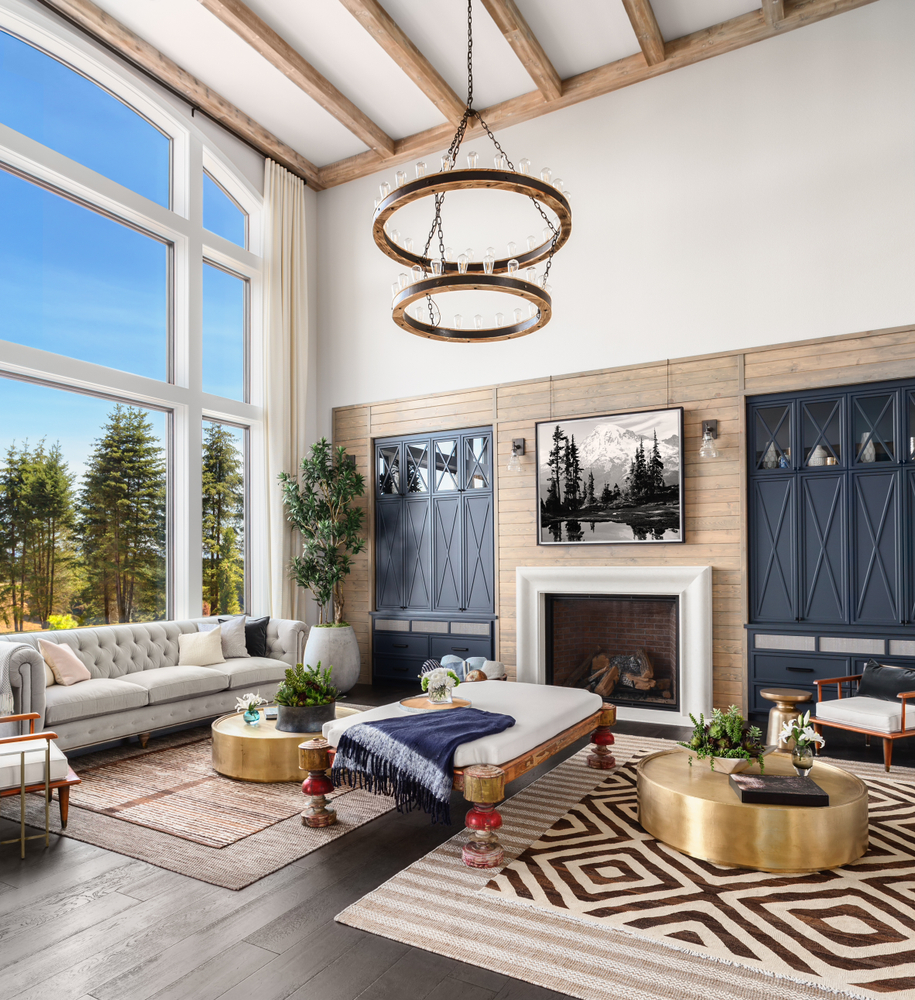
With other competing colors and patterns, this two-tiered chandelier is a much-needed focal point in this eclectic space.
3. Modern Home
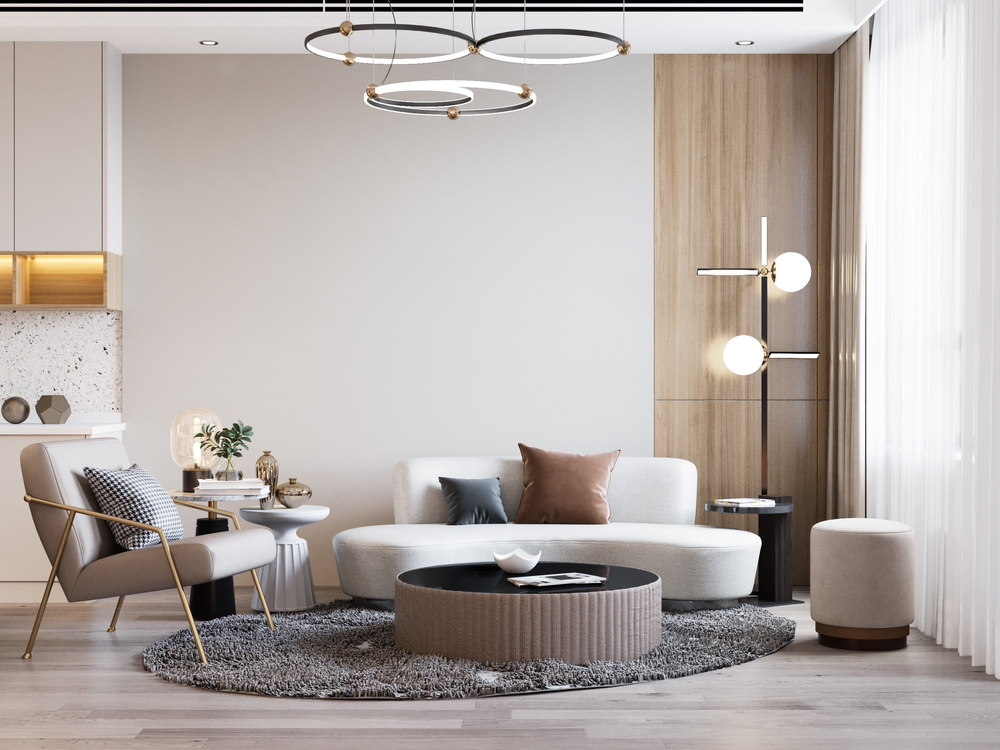
In this room, soft round shapes are the star. This unique chandelier highlights the circles in the room, complementing the style.
4. Bohemian Paradise*

The macrame chandelier nestled above this claw-foot tub creates an unexpected and very relaxing environment to kick your feet up in.
5. Mid-Century Boho
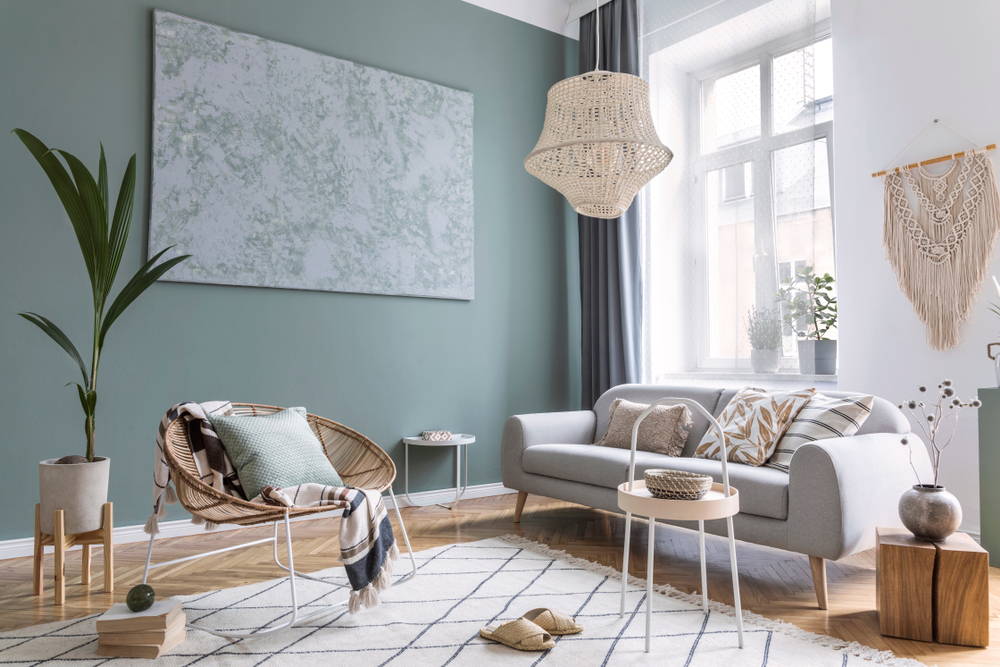
This seating area’s chandelier ties in the boho elements of the room, while still staying true to the space’s mid-century origins.
6. Classic Elegance
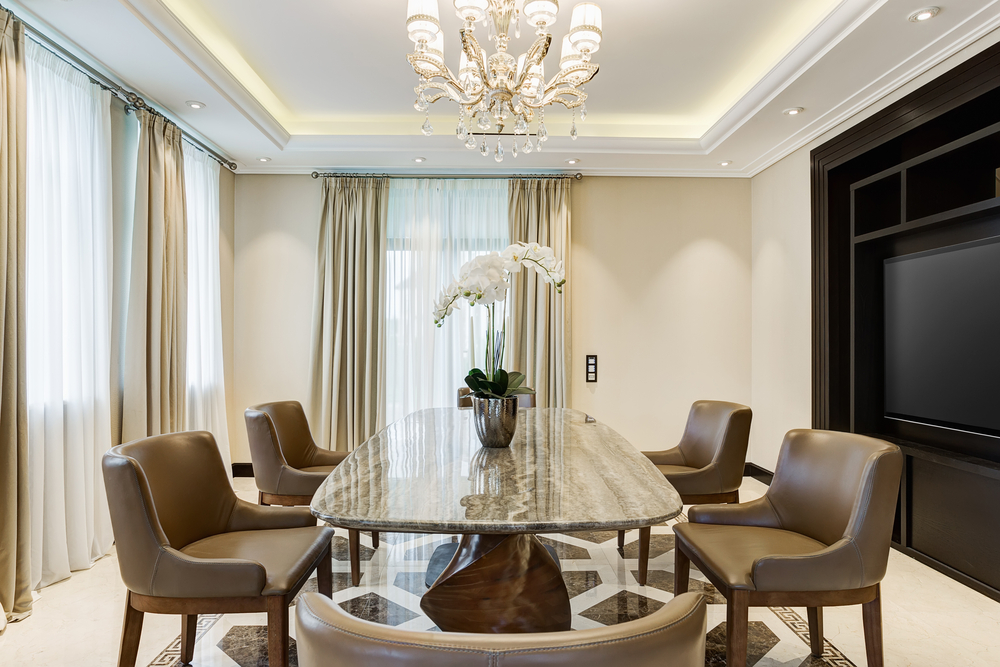
The vintage elegance of this crystal chandelier gives this neutral dining room a perfect classic-modern balance.
7. Rustic Beach Bedroom
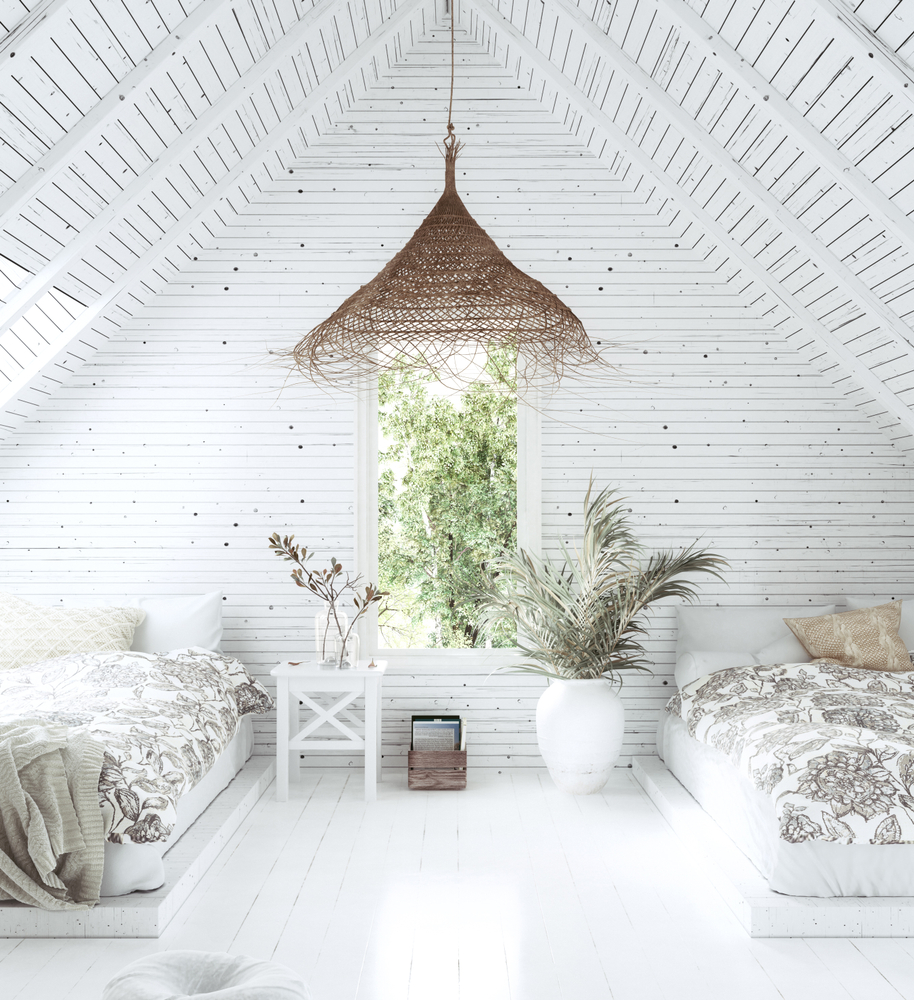
The chandelier in this bedroom transforms the room from rustic to modern beach house with just a flick of a light switch (and, most likely, some professional installers). The brown against the distressed shiplap walls and ceiling stands out while still complementing the rustic style.
8. Vintage Breakfast Nook

Vintage crystal chandeliers like the one in this breakfast nook are timeless. In this light and airy space, the crystals reflect light, while the darker elements provide a much-needed focal point.
9. Colorful Mid-Century
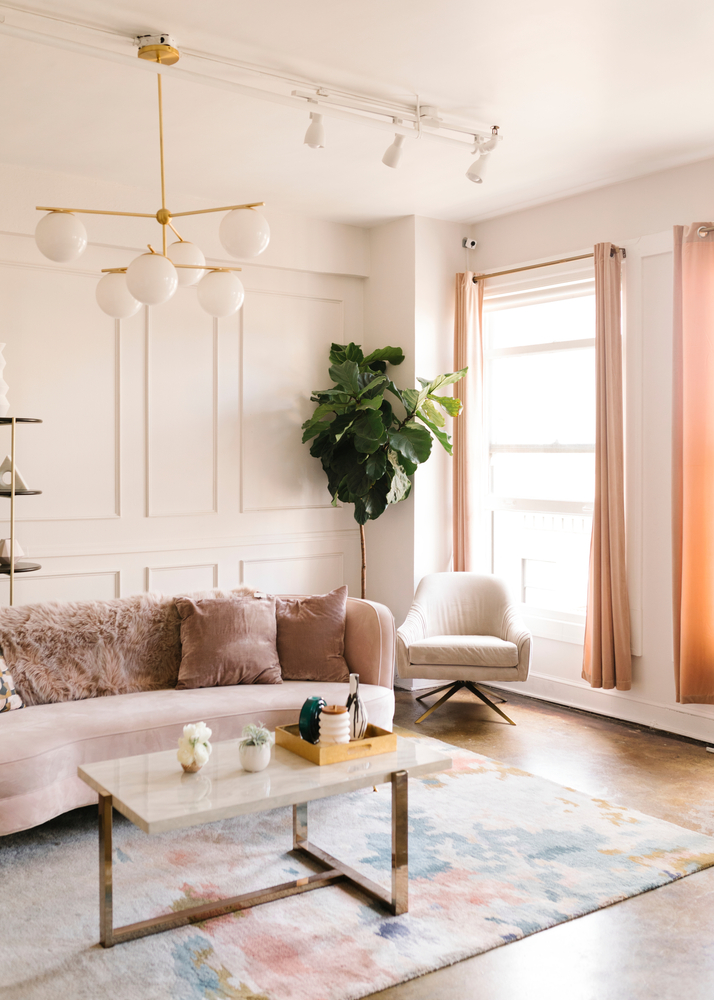
The trendy pinks and golds of this room tie in perfectly with this modern gold globe chandelier. The light fixture adds warmth and levels up this living room.
10. Elegant Bathroom*
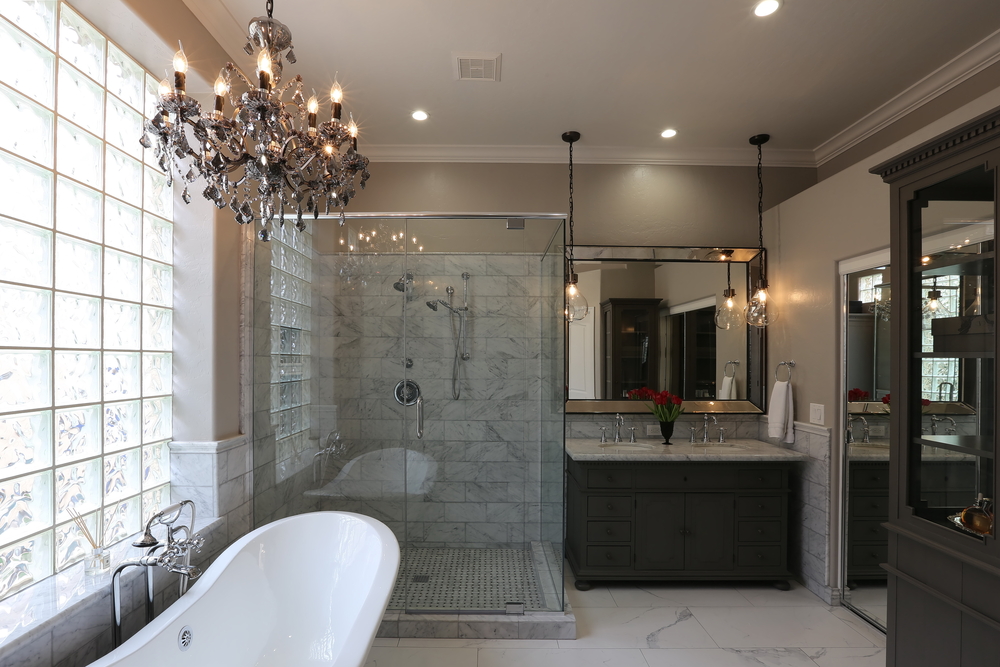
There’s no better way to bathe than in a bathroom that exudes modern comfort. The shape of this crystal and iron chandelier is classic, and its finish matches the black hardware on the cabinets—a perfect tie-in for this space.
11. Boho Loft
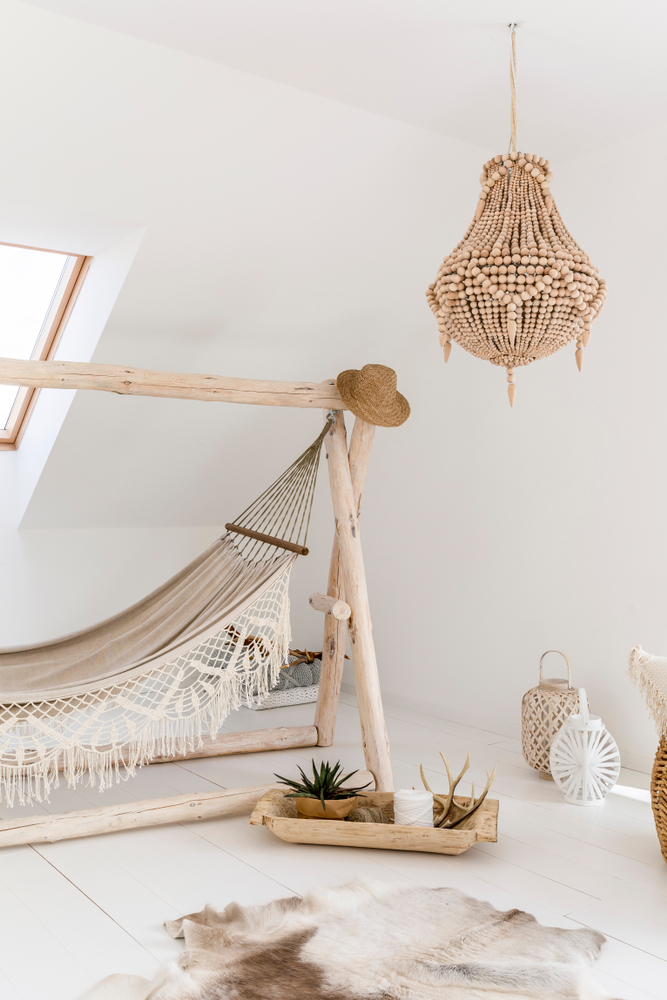
Even though the color on this chandelier is neutral, it’s still the highlight of this loft. The thought of laying in the hammock with the wooden beads above you just screams comfort (in the most chill way possible). Grab a good book and snuggle up with a blanket for ultimate relaxation.
12. Mid-Century Sitting Area
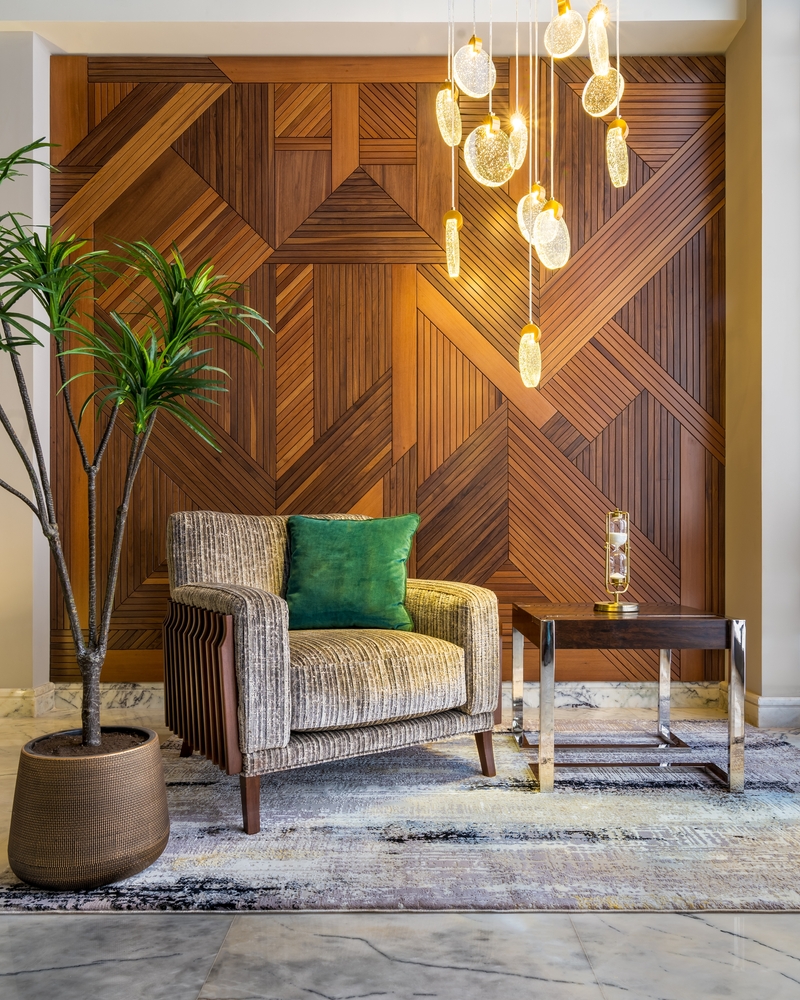
This stunning chandelier is the perfect counterpart to this incredibly unique space. The only thing we love more than this accent wall is these incredible dangling lights!
13. Intricate Entryway
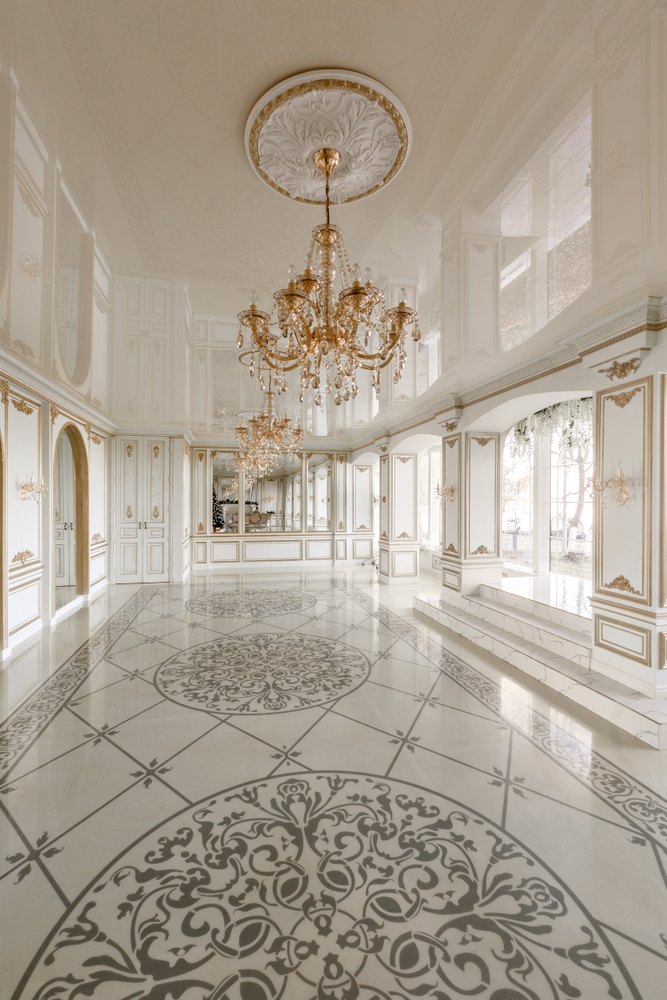
This elegant hallway is elevated by ornate gold and crystal chandeliers. Each detail is chosen carefully, and it feels luxurious.
14. Luxurious Bath
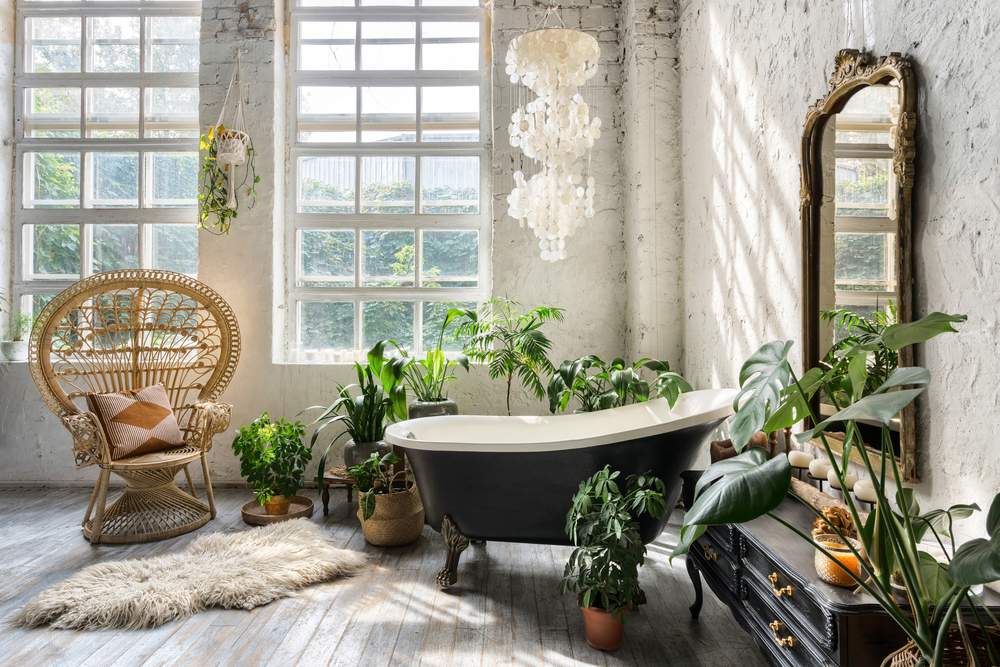
This light and airy chandelier leaves this room feeling serene and tranquil–the perfect escape from the stress of everyday responsibilities.
15. Moody Sitting Room
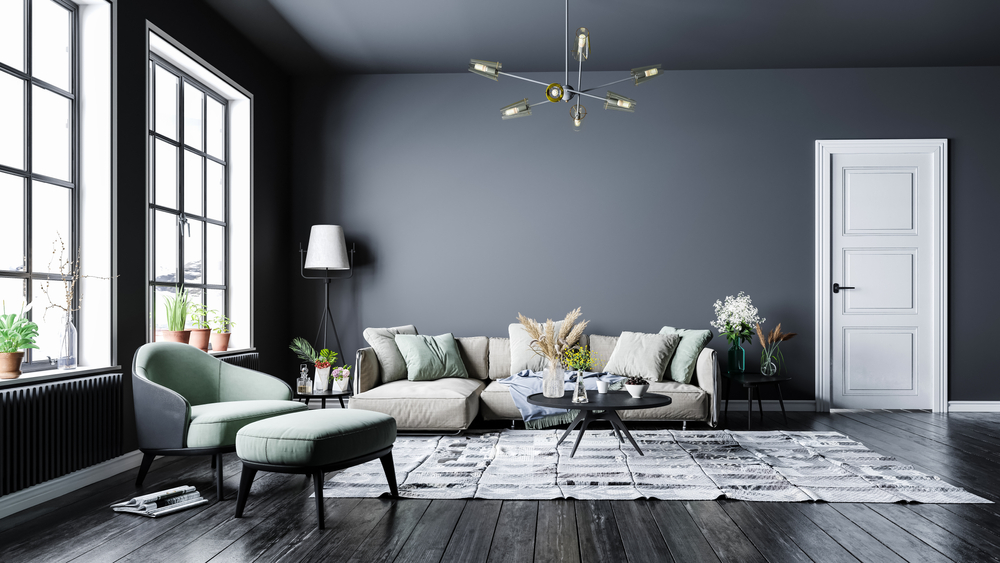
This chandelier lightens up the dark walls and floor with just the right amount of light. It’s the perfect space to entertain guests, or simply unwind at the end of the day.
16. Modern Cabin Loft
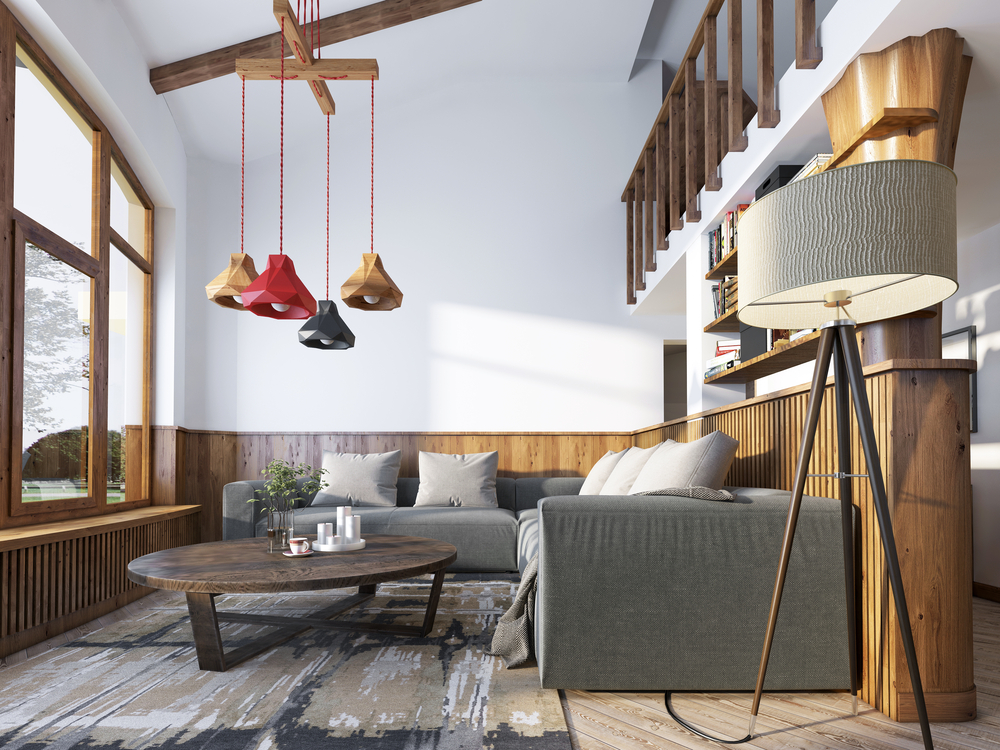
The warm wood accents in this space turn what would otherwise be a modern loft into a cozy cabin-esque retreat right at home. The chandelier hanging low above the conversation area makes this small space intimate and ties the modern and rustic elements together.
17. Stunning Centerpiece
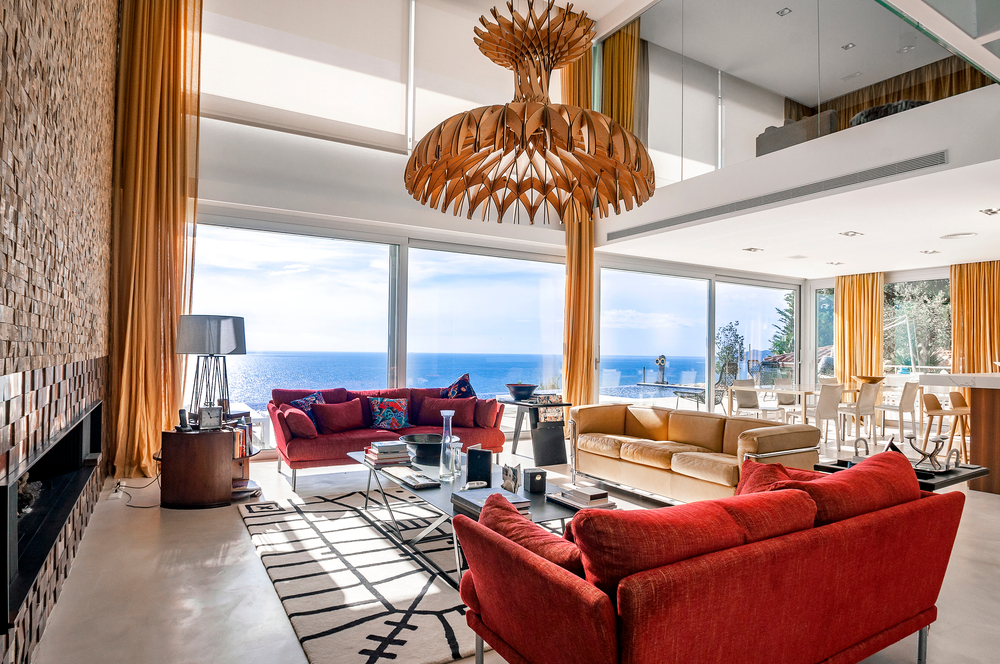
The last chandelier on our list holds nothing back. Its striking architectural lines draw the eye all the way up to the vaulted ceiling, really showcasing the size of the room.
It’s not easy to compete with a wall-to-wall view of the ocean, but this chandelier commands your attention without even breaking a sweat. We’re impressed.
——————
Chandeliers can change the look and feel of any space. Ready to find the chandelier of your dreams? Give Lit Living a call!
*Some regulations may prohibit hanging lights over a bathtub. Be sure to check out local building codes and the National Electric Code before hanging any lights.
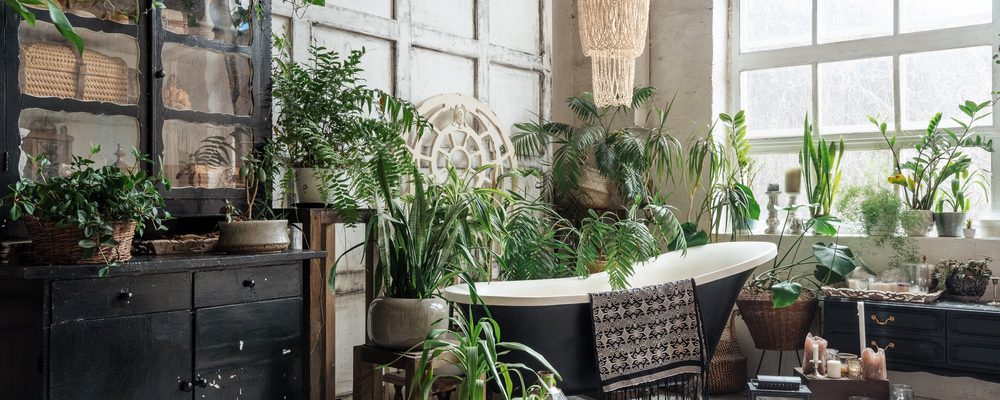
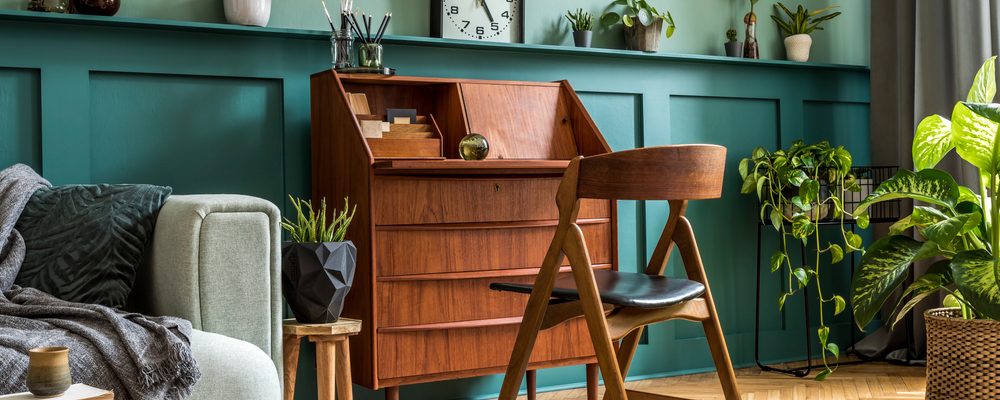
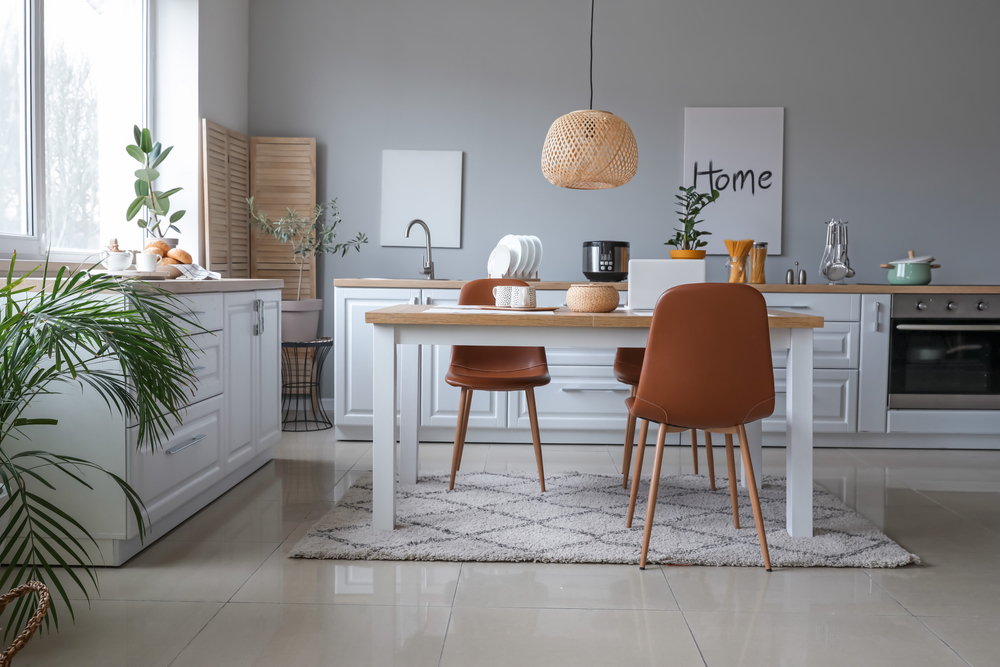

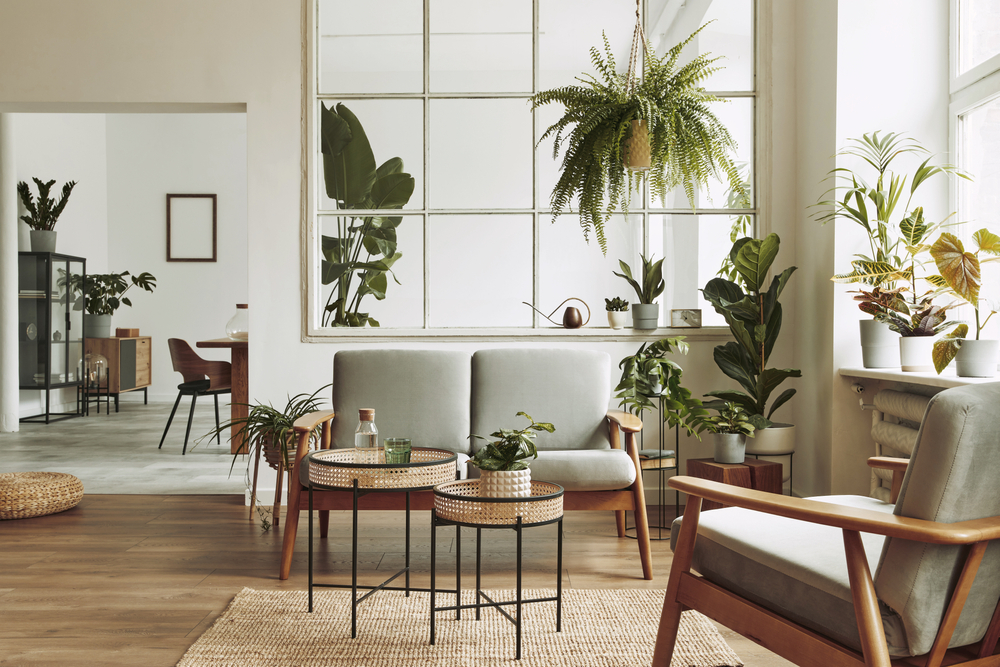
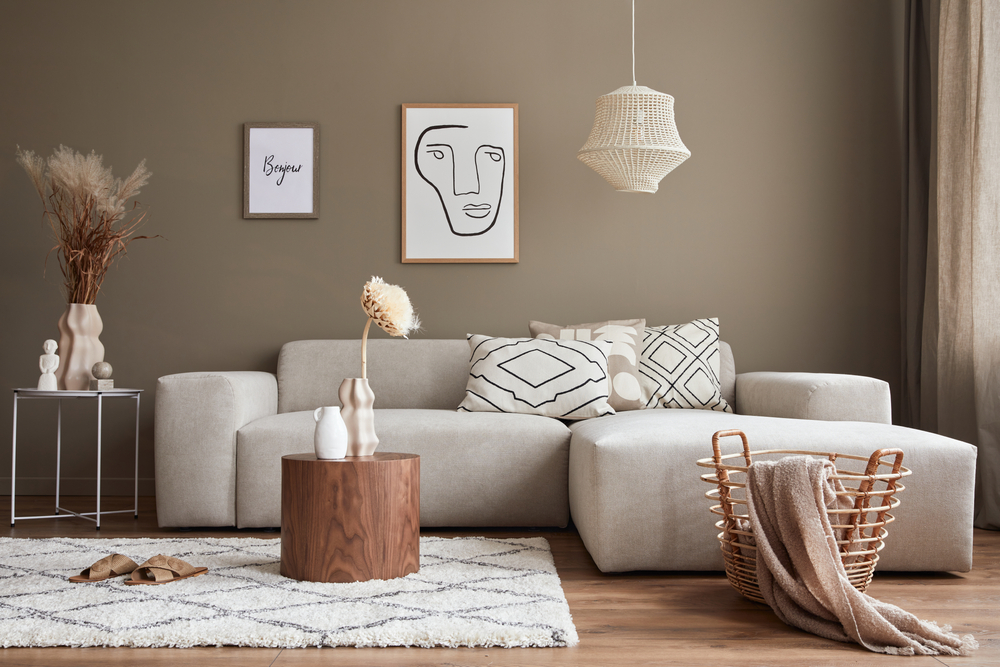
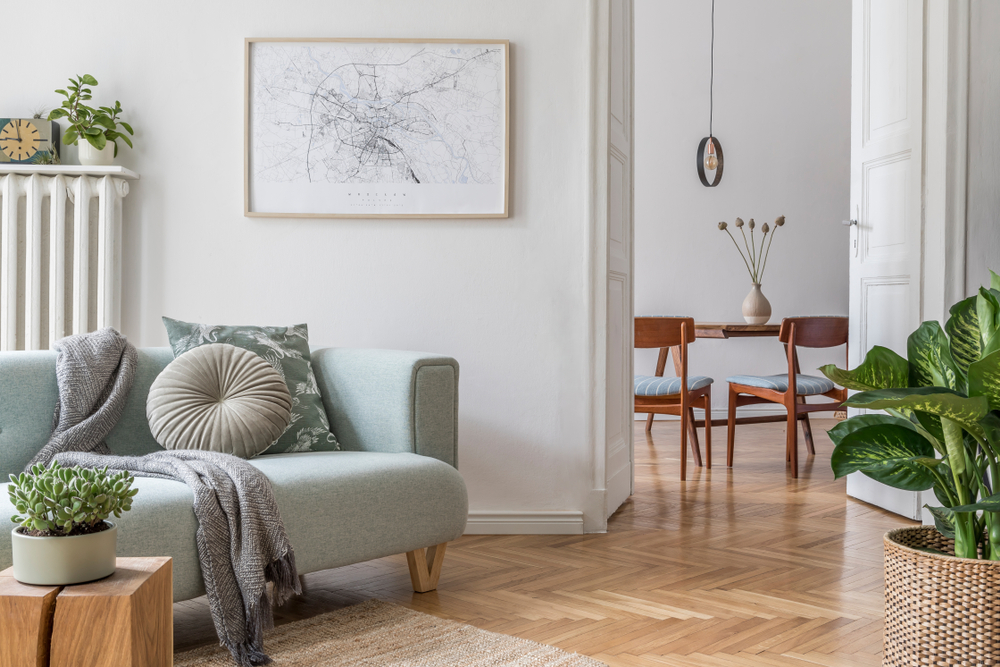
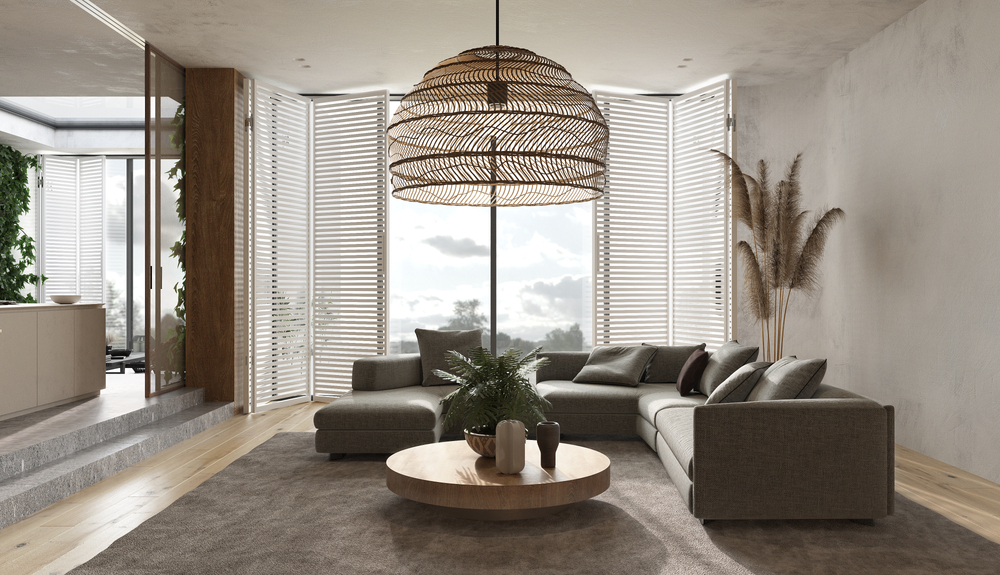

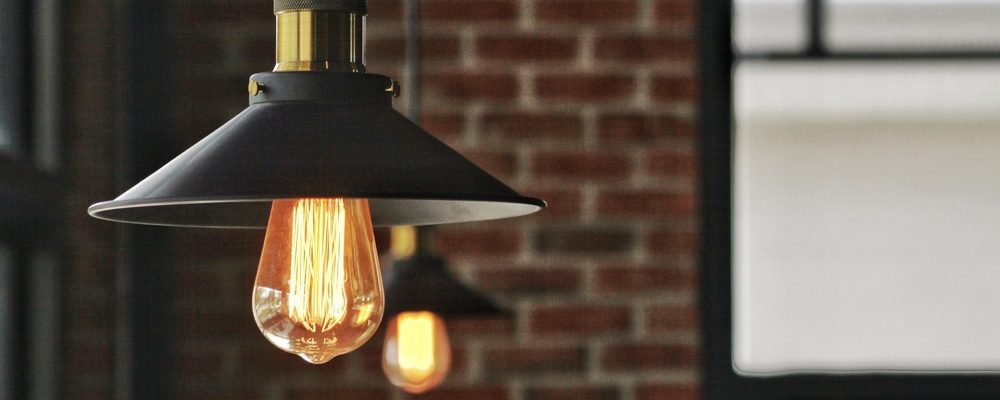


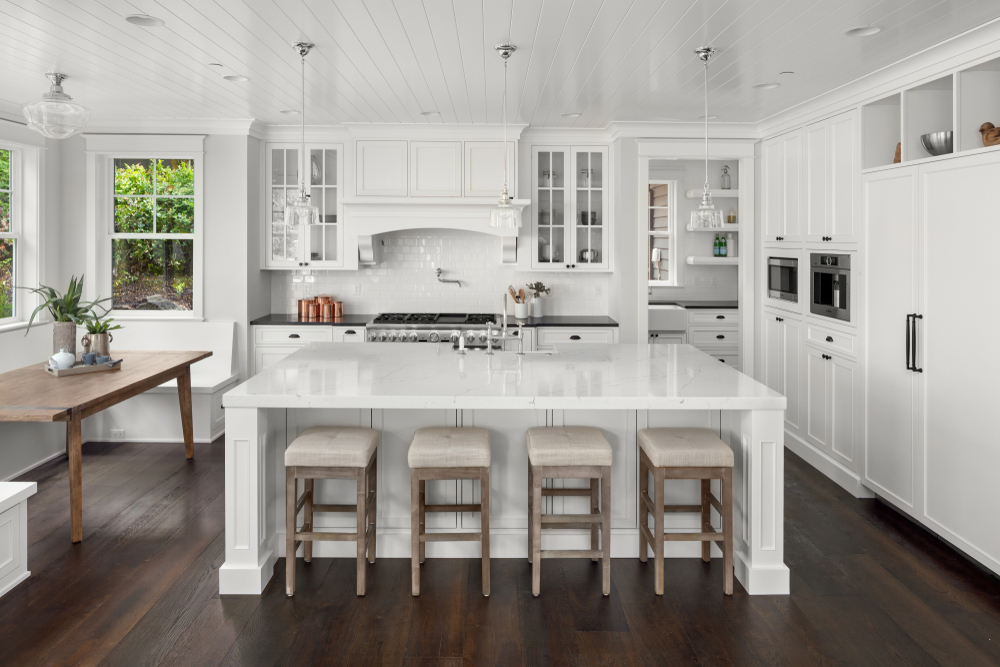
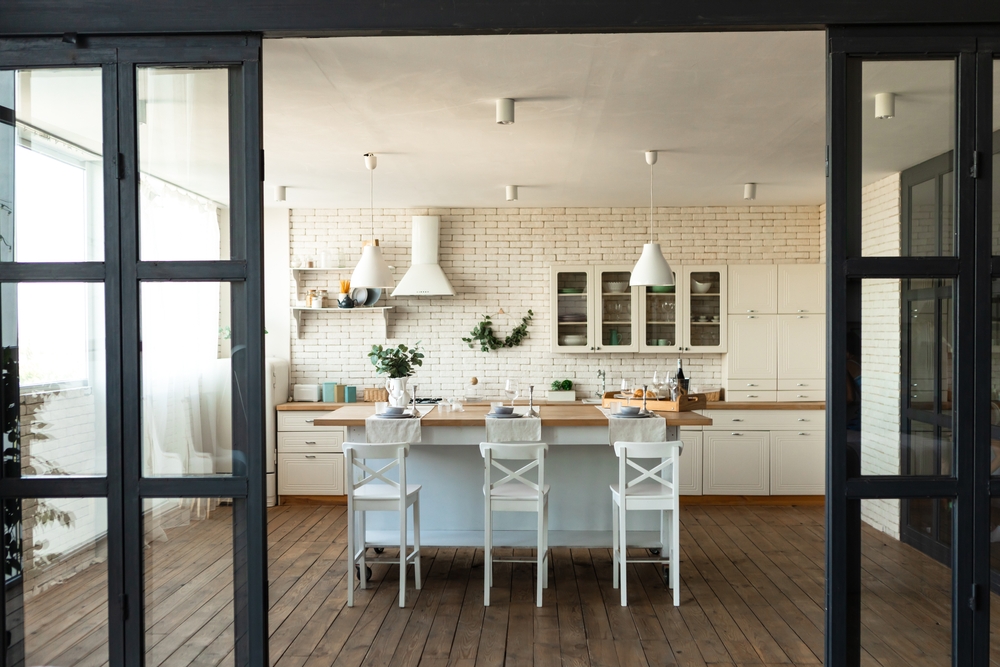
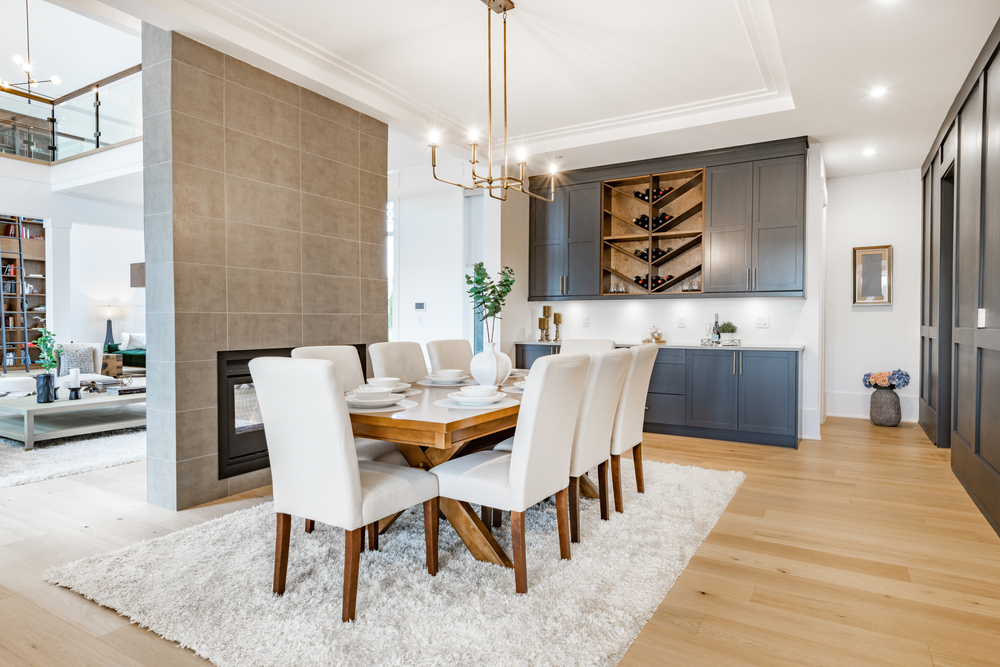
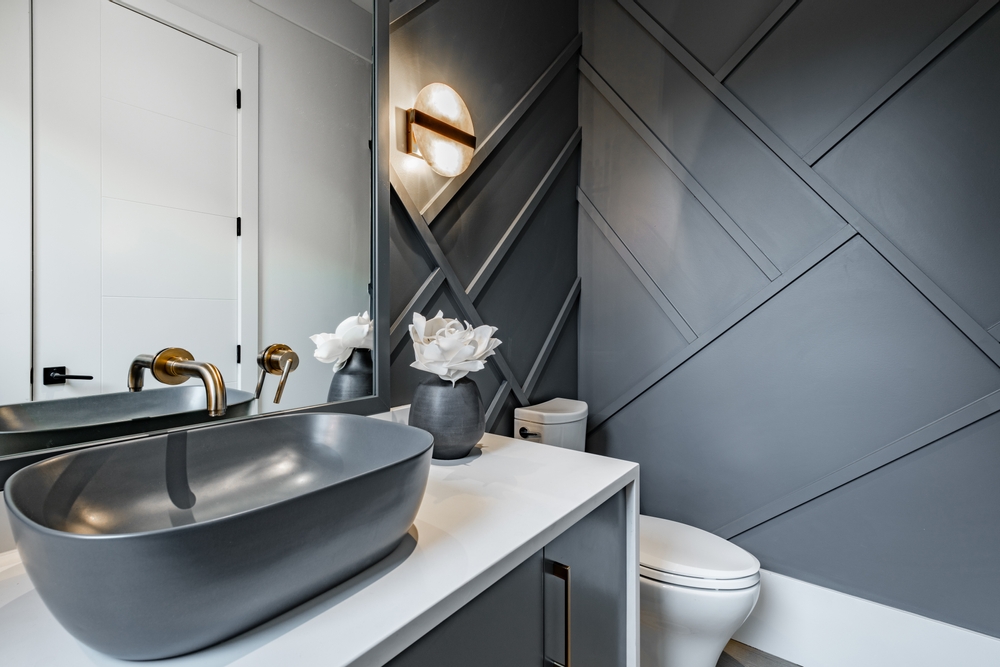
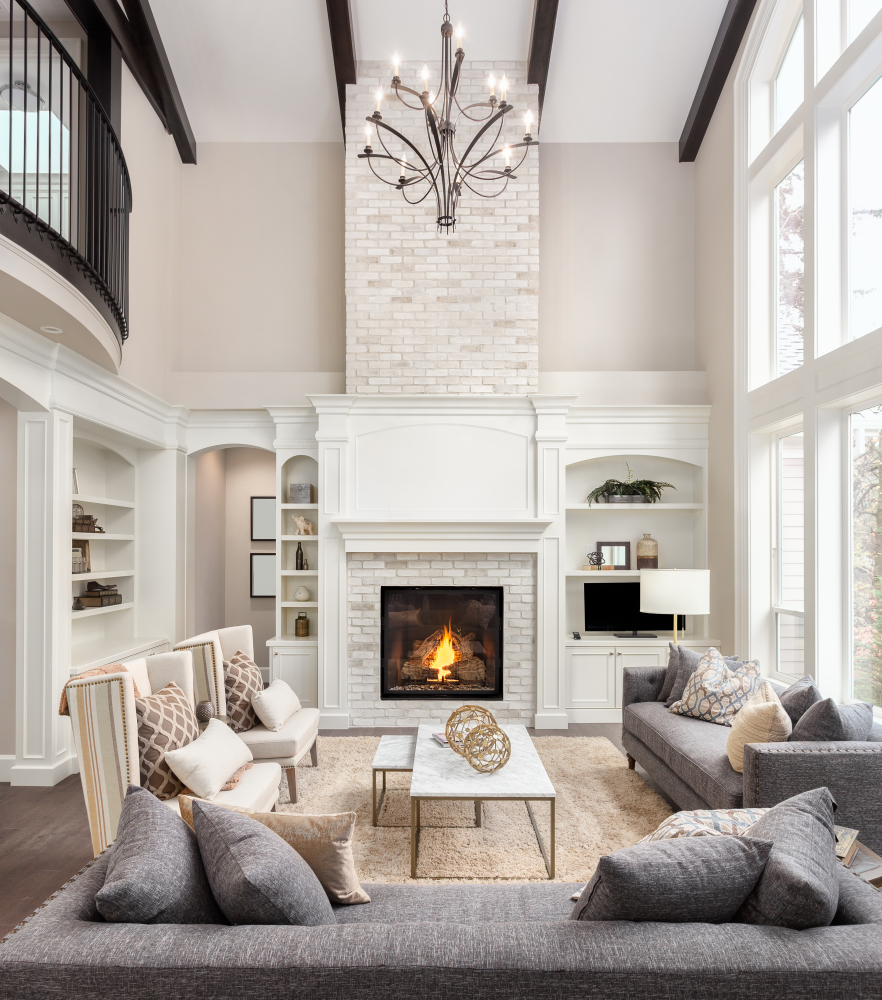
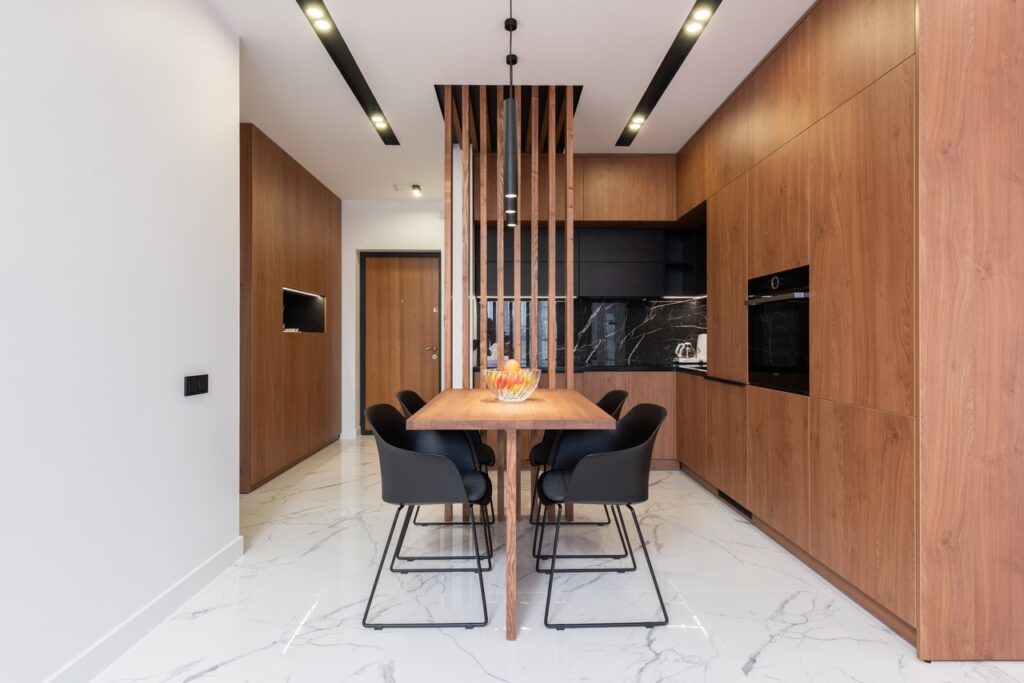
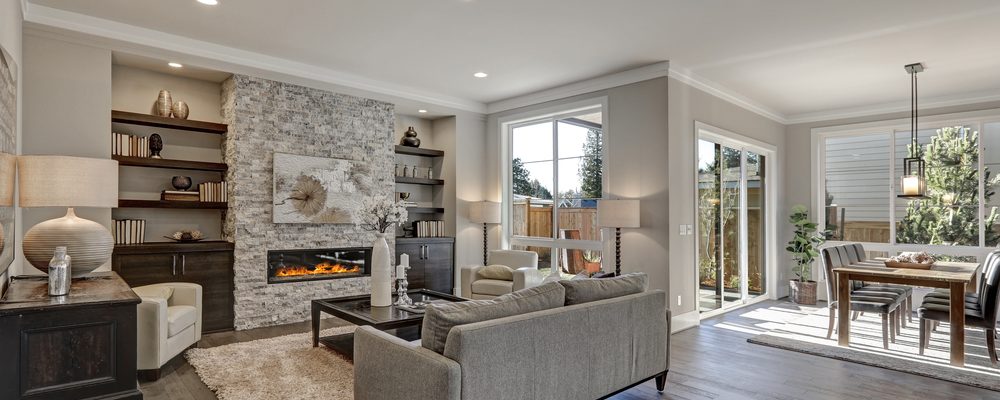
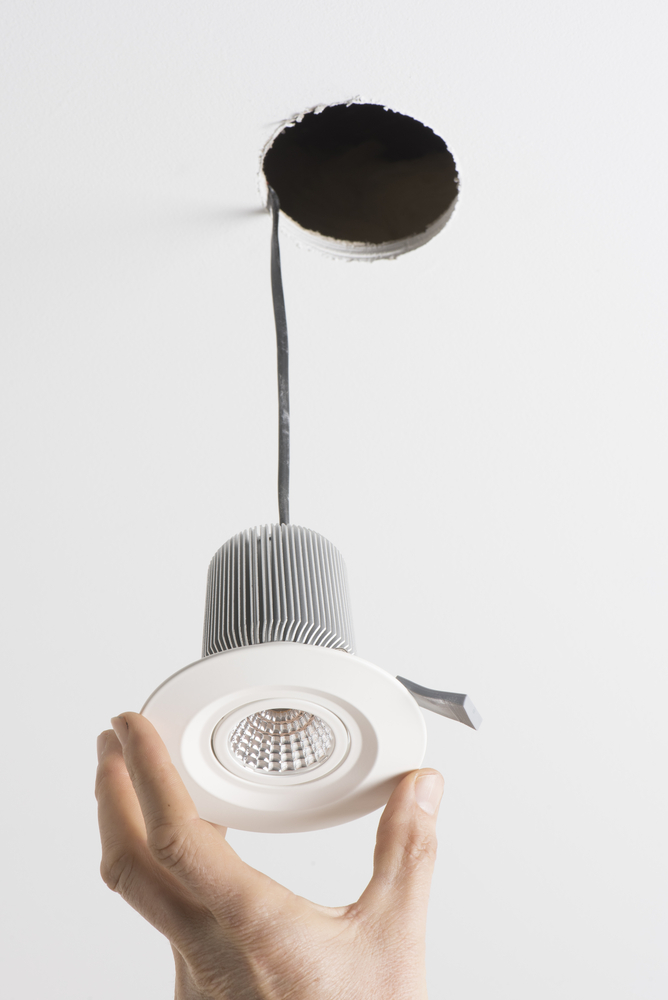
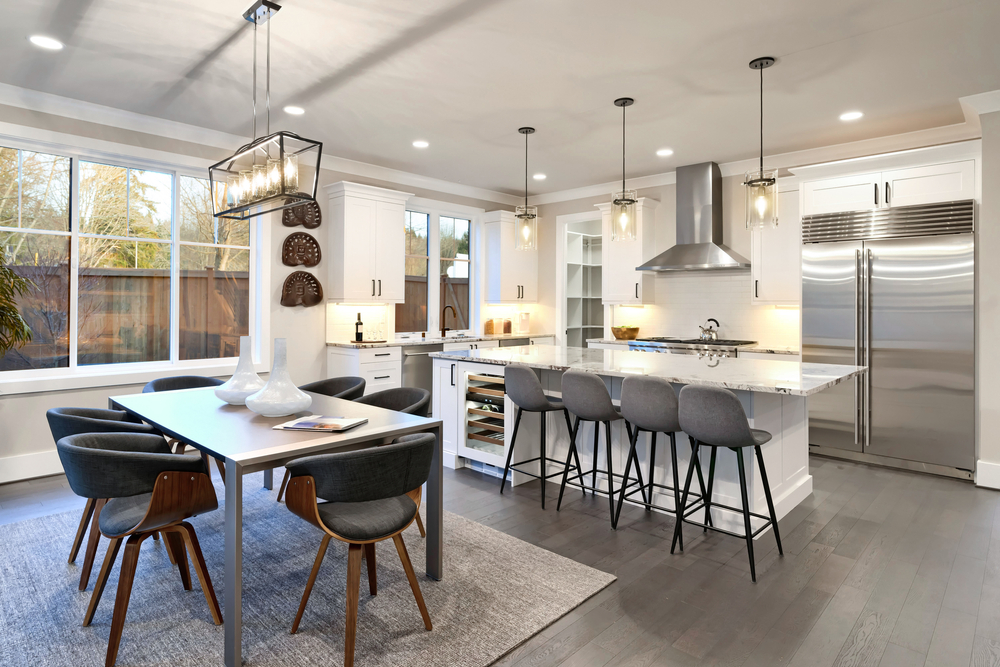
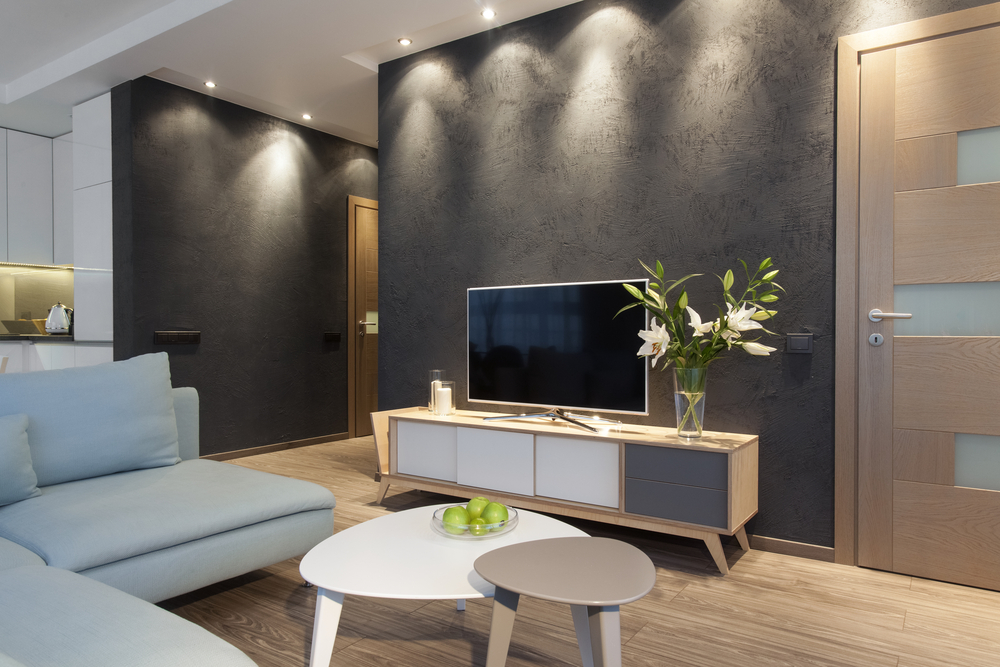
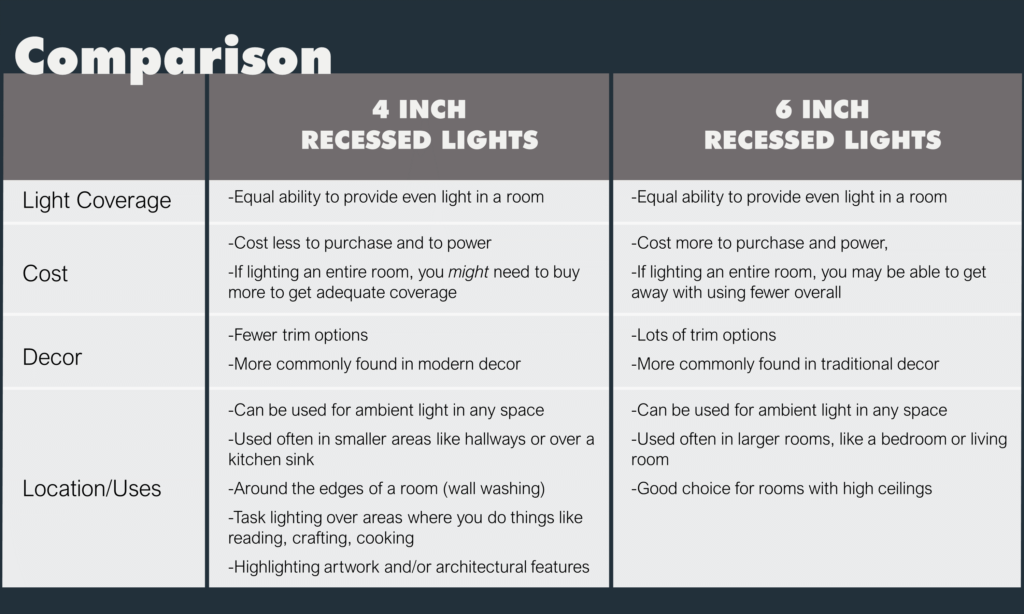
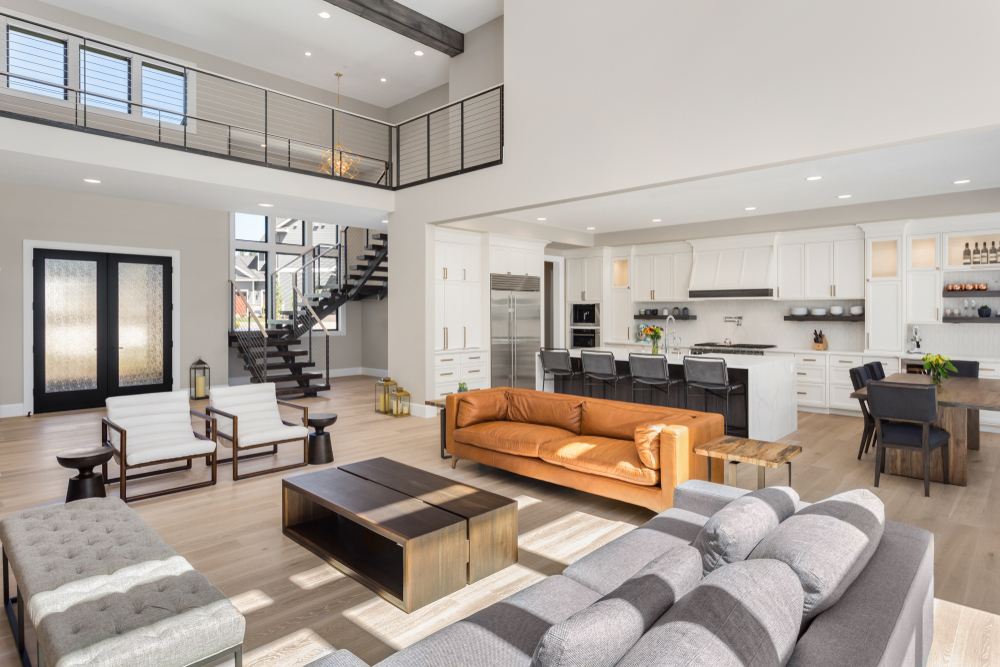
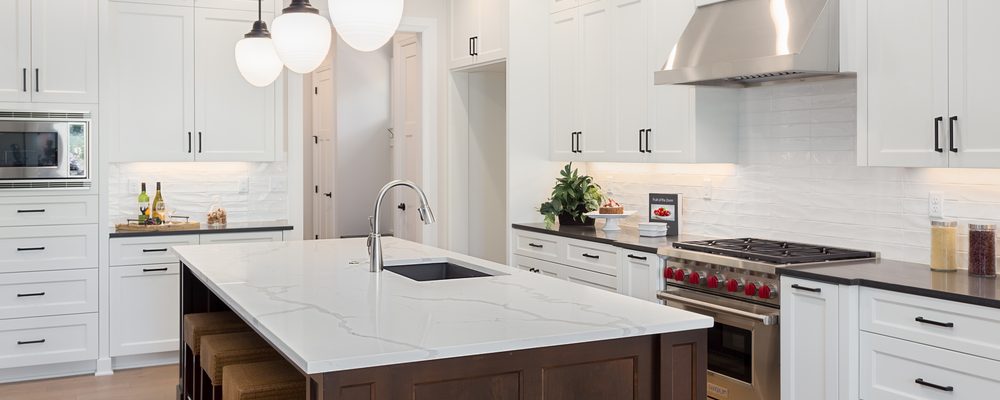
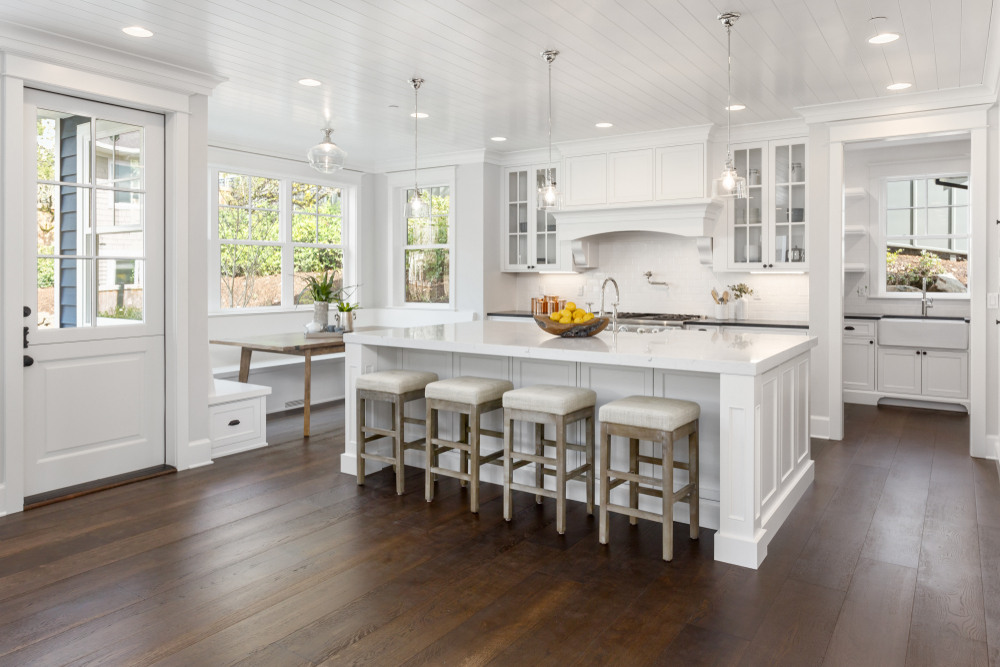
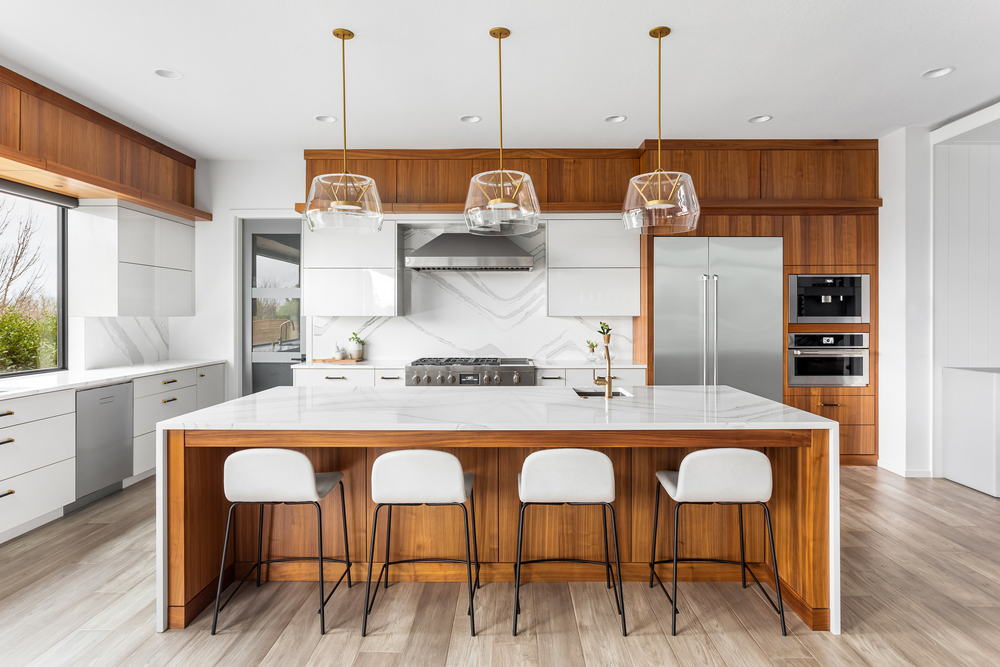
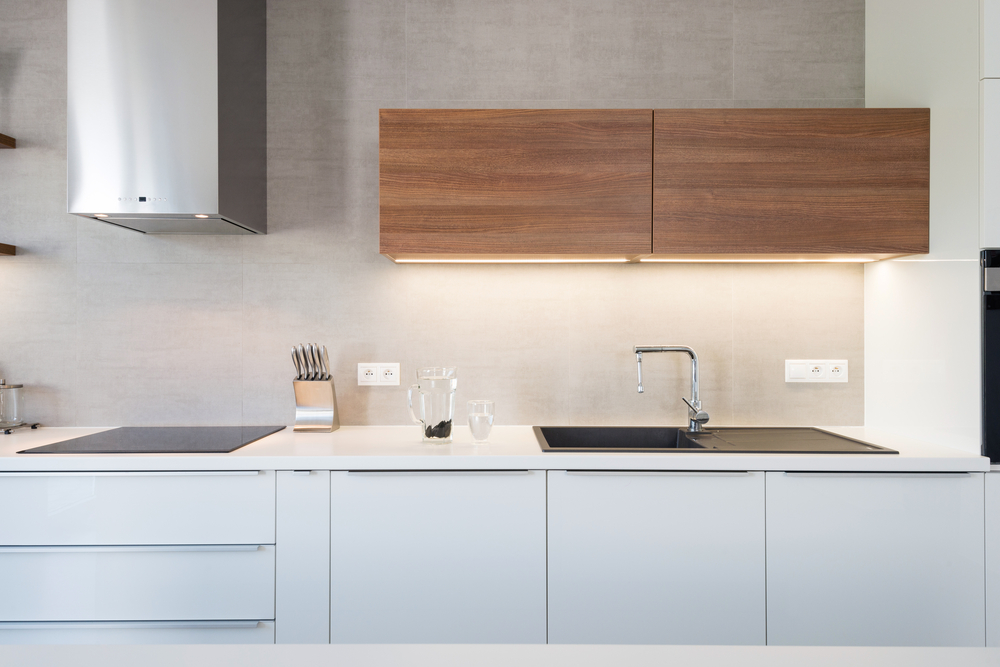
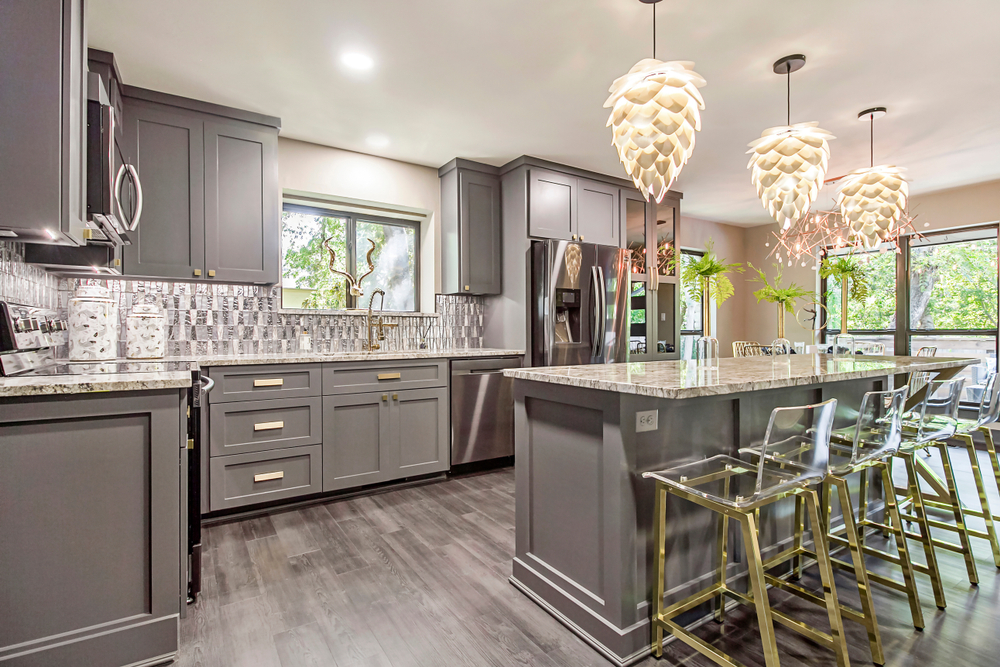

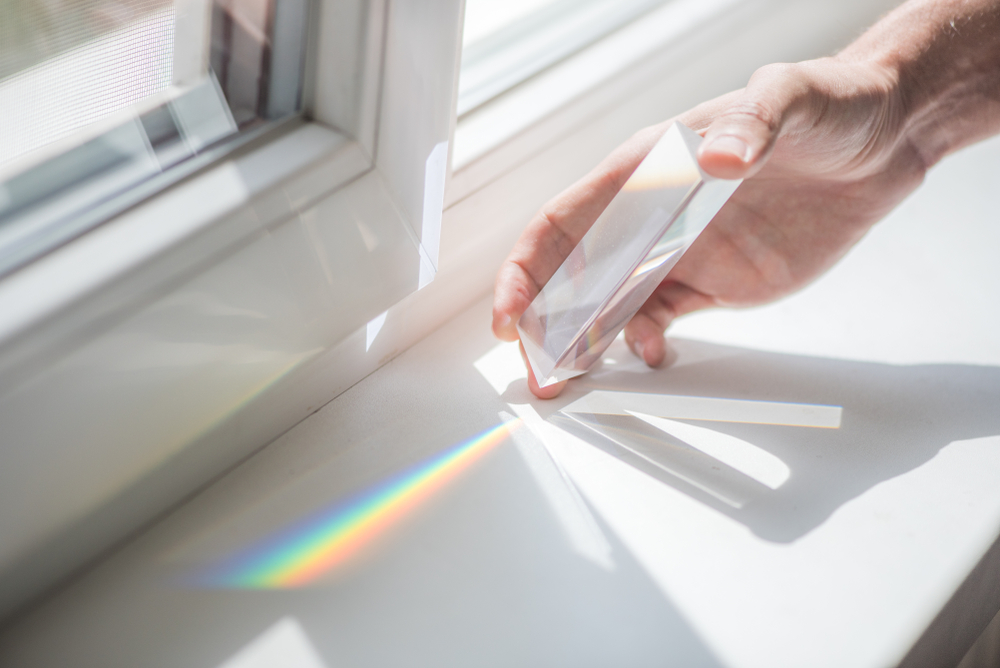 Blue light has high energy and its color temperature is
Blue light has high energy and its color temperature is  The human body runs according to a
The human body runs according to a  Good sleep is crucial to overall good health. Our bodies need that time to rest and restore each day. The brain uses sleep to
Good sleep is crucial to overall good health. Our bodies need that time to rest and restore each day. The brain uses sleep to  Have you ever noticed that many sit-down restaurants feel as if they are only half-lit? This isn’t done to save on the electricity bill, there’s a science behind it! Restaurateurs take advantage of both types of light to keep their business running smoothly. Warm, dimmed lighting in the dining areas naturally relaxes guests and encourages quiet. The kitchens are brightly lit with cool light to help everyone working there to be fully alert and productive while working at high speed.
You can do the same thing in your home once you know how it works. Warm, red light is
Have you ever noticed that many sit-down restaurants feel as if they are only half-lit? This isn’t done to save on the electricity bill, there’s a science behind it! Restaurateurs take advantage of both types of light to keep their business running smoothly. Warm, dimmed lighting in the dining areas naturally relaxes guests and encourages quiet. The kitchens are brightly lit with cool light to help everyone working there to be fully alert and productive while working at high speed.
You can do the same thing in your home once you know how it works. Warm, red light is 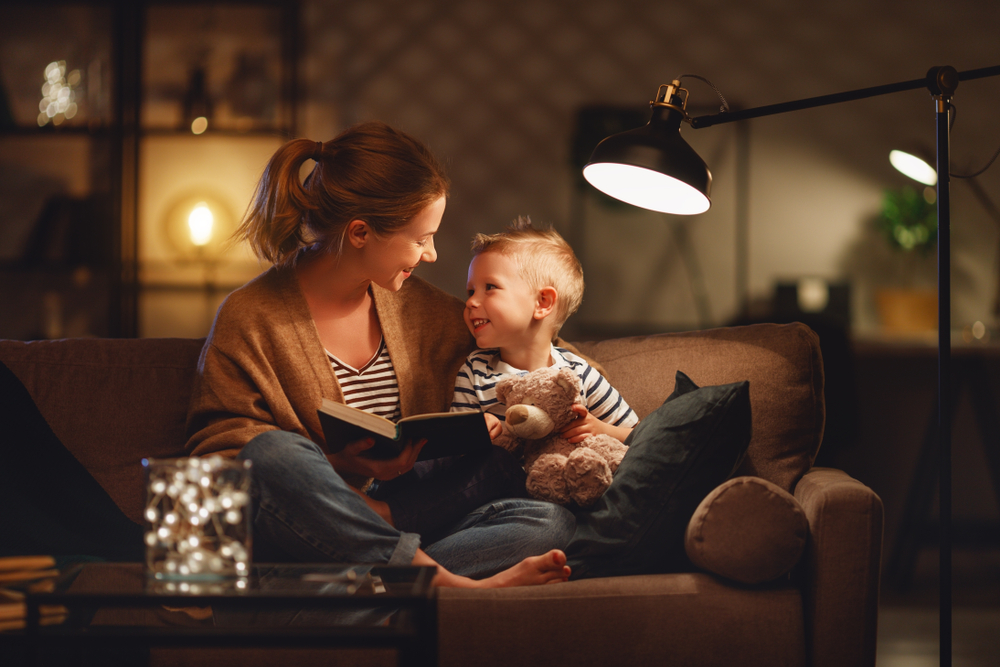 Older incandescent bulbs are a great source for warm light, but they’re being phased out in the lighting industry in favor of safer and more efficient alternatives. But that doesn’t mean you need to break out the candles just yet!
LED stands for “light-emitting diode”. Essentially they’re microchips that glow as electricity passes through them. This design not only makes them up to
Older incandescent bulbs are a great source for warm light, but they’re being phased out in the lighting industry in favor of safer and more efficient alternatives. But that doesn’t mean you need to break out the candles just yet!
LED stands for “light-emitting diode”. Essentially they’re microchips that glow as electricity passes through them. This design not only makes them up to  When you’re planning where you want to introduce warm light in your home, think about the main uses for each space. One method is to designate each space in your home as an active or rest area.
Active areas are places where you’re working. Blue light promotes focus and alertness, so it’s great to have in places like the kitchen, homework stations, home office, and garage.
Rest areas are places where you want to relax and feel comfortable. They’re often gathering places like the living room or dining room, or night-time areas like hallways and bedrooms.
Some rooms will have a combination of uses, so you’ll want to use a combination of light types! Bathrooms could use a mix, as blue light is great for a makeup table but warm light is more relaxing for a soak in the tub. Large great rooms might have seating and dining spaces that are rest areas, and study desk and food prep spaces that are active areas. Play around with lamps, dimmers, and smart bulbs to get the right balance for the way you use your home.
When you’re planning where you want to introduce warm light in your home, think about the main uses for each space. One method is to designate each space in your home as an active or rest area.
Active areas are places where you’re working. Blue light promotes focus and alertness, so it’s great to have in places like the kitchen, homework stations, home office, and garage.
Rest areas are places where you want to relax and feel comfortable. They’re often gathering places like the living room or dining room, or night-time areas like hallways and bedrooms.
Some rooms will have a combination of uses, so you’ll want to use a combination of light types! Bathrooms could use a mix, as blue light is great for a makeup table but warm light is more relaxing for a soak in the tub. Large great rooms might have seating and dining spaces that are rest areas, and study desk and food prep spaces that are active areas. Play around with lamps, dimmers, and smart bulbs to get the right balance for the way you use your home.
 This world feels chaotic at times, and finding balance can feel daunting. We can’t help much with office politics or your crazy neighbors, but when it comes to lighting we know a thing or two about helping you find just the right light for your home. If you’re ready to start creating a balanced home with warm light,
This world feels chaotic at times, and finding balance can feel daunting. We can’t help much with office politics or your crazy neighbors, but when it comes to lighting we know a thing or two about helping you find just the right light for your home. If you’re ready to start creating a balanced home with warm light, 